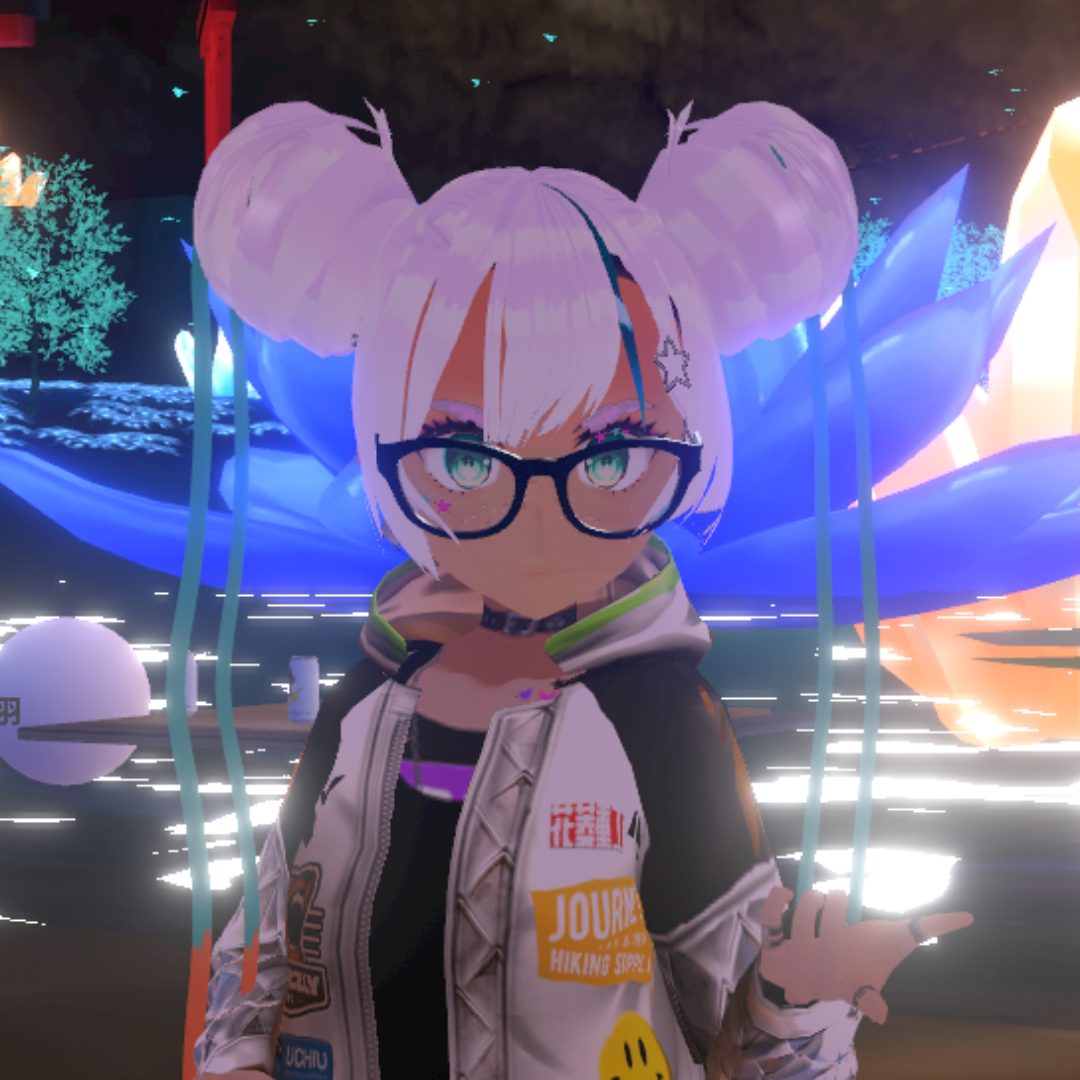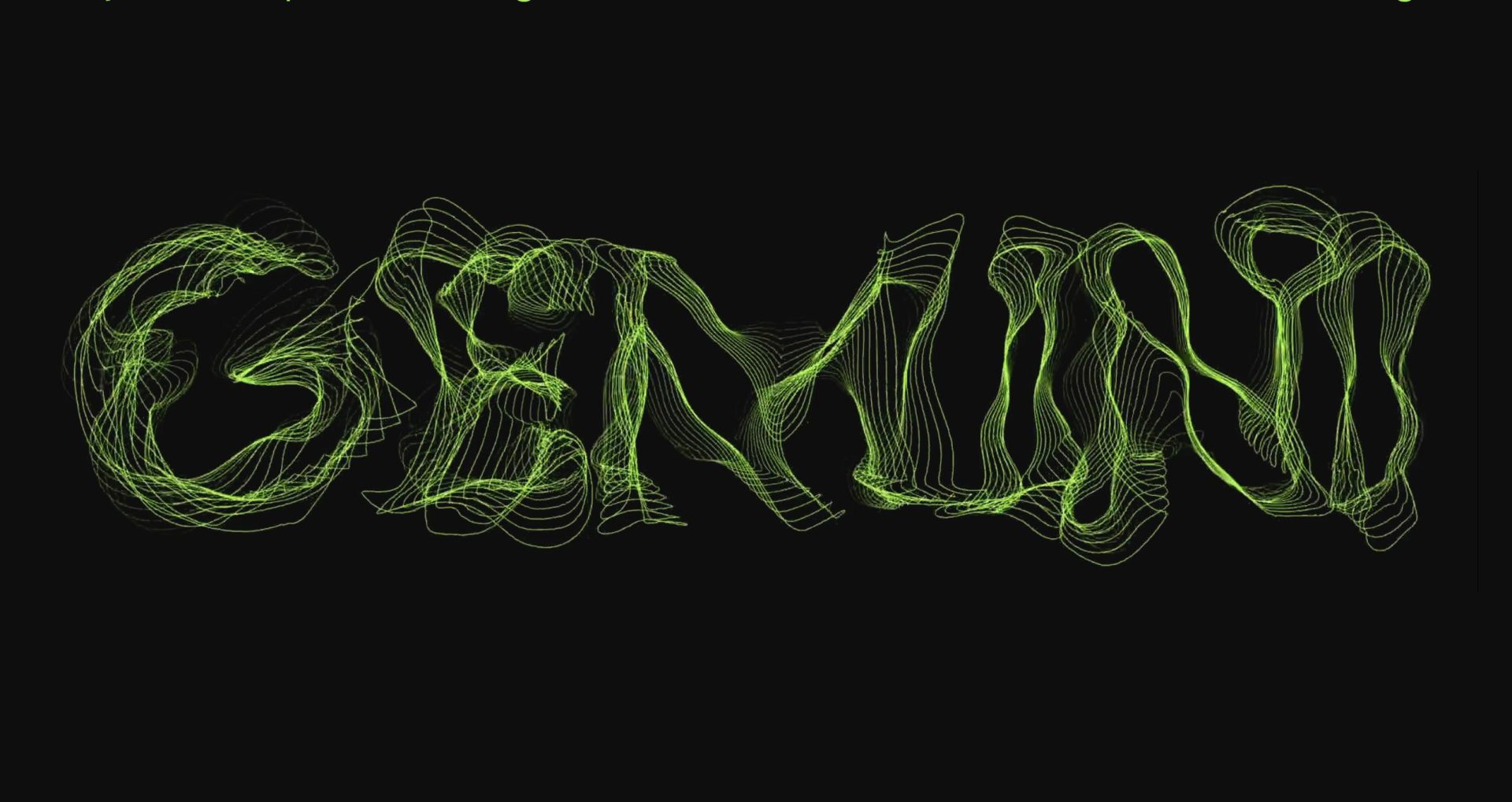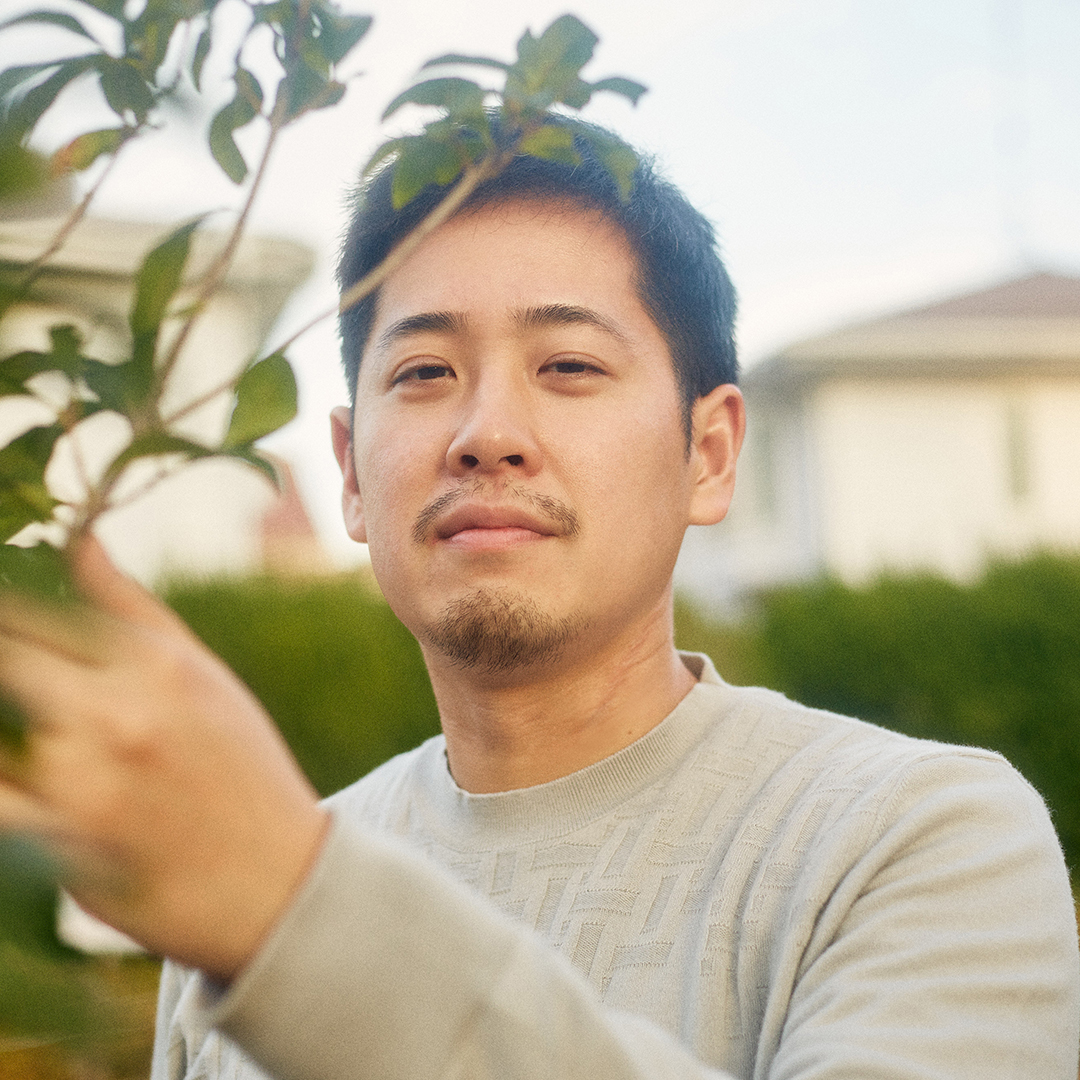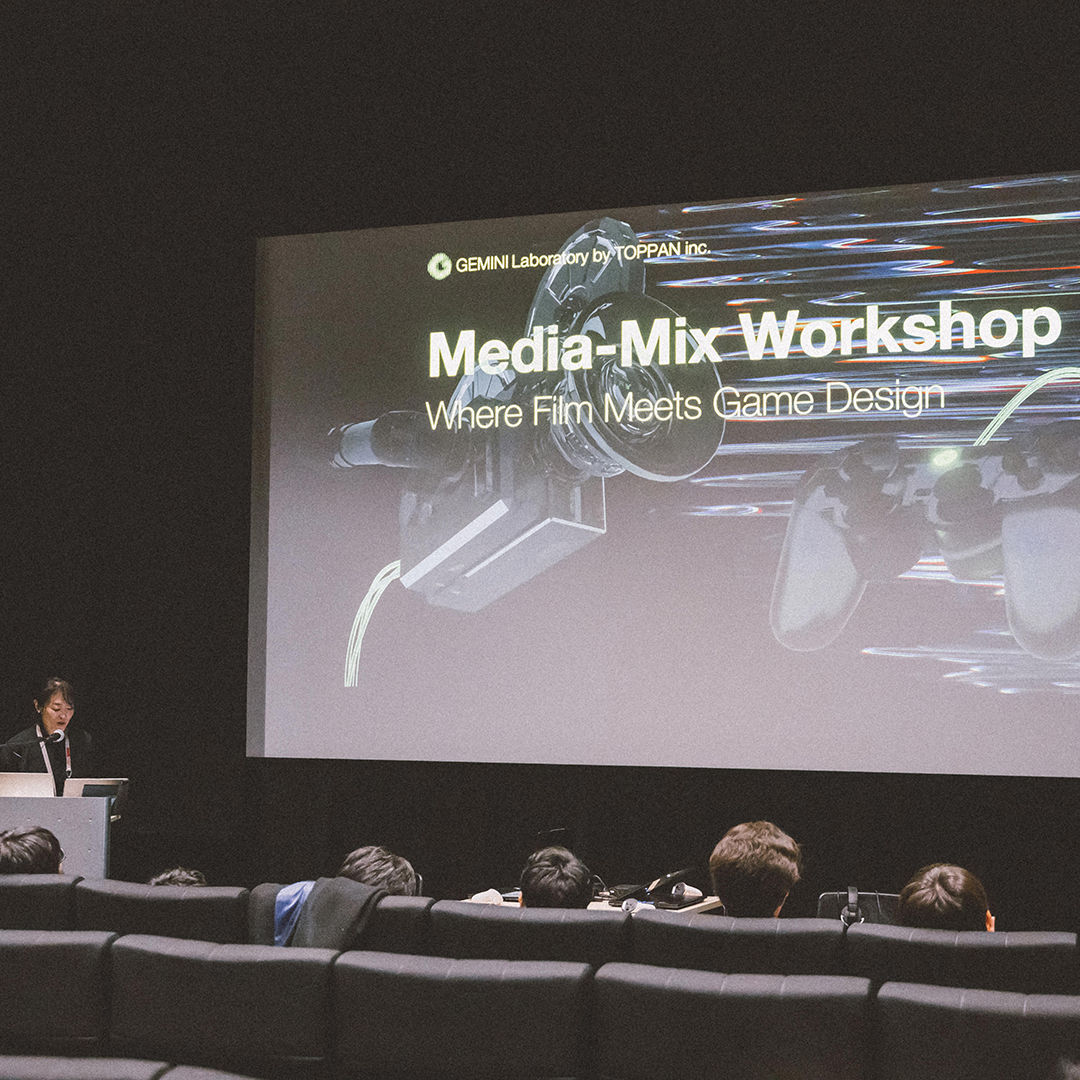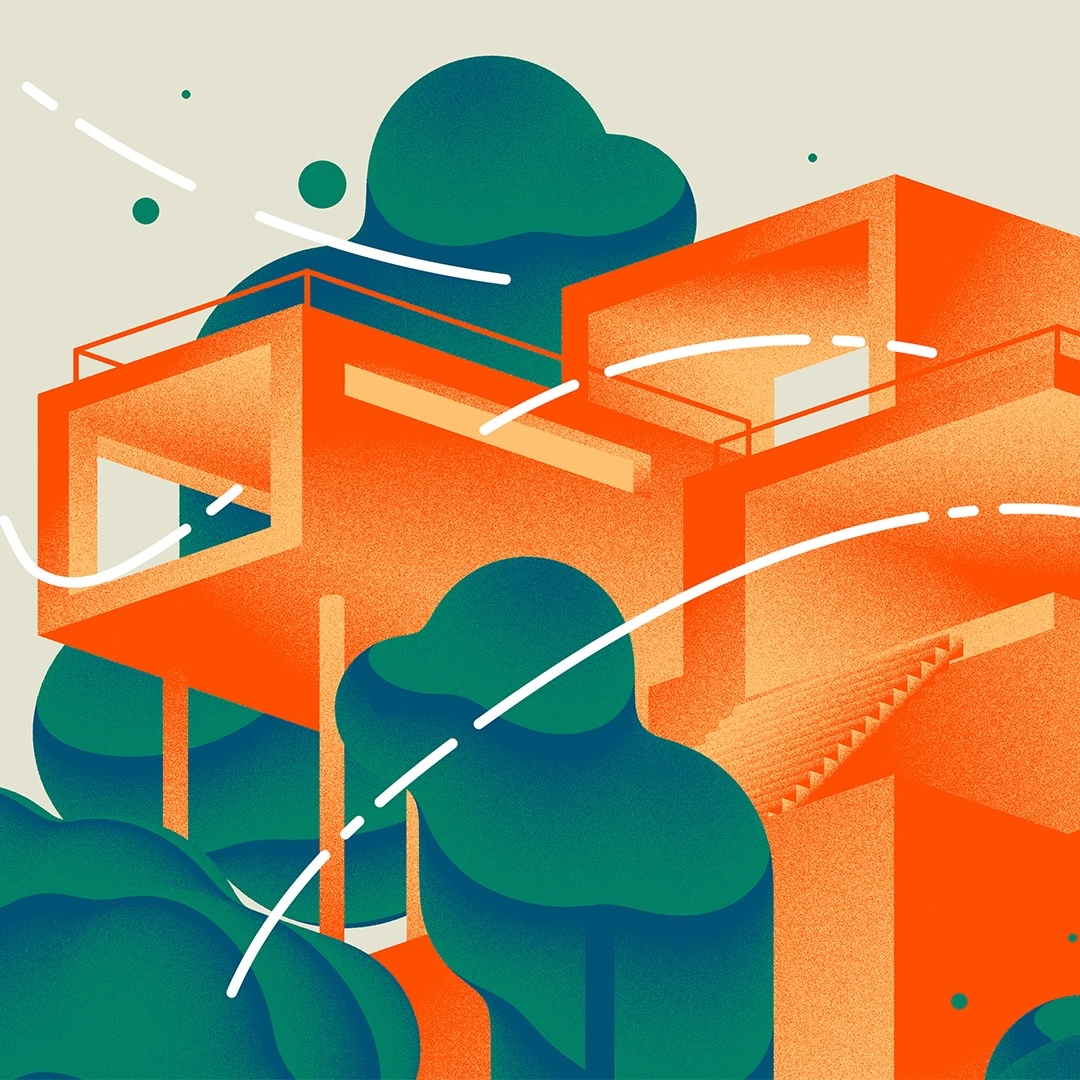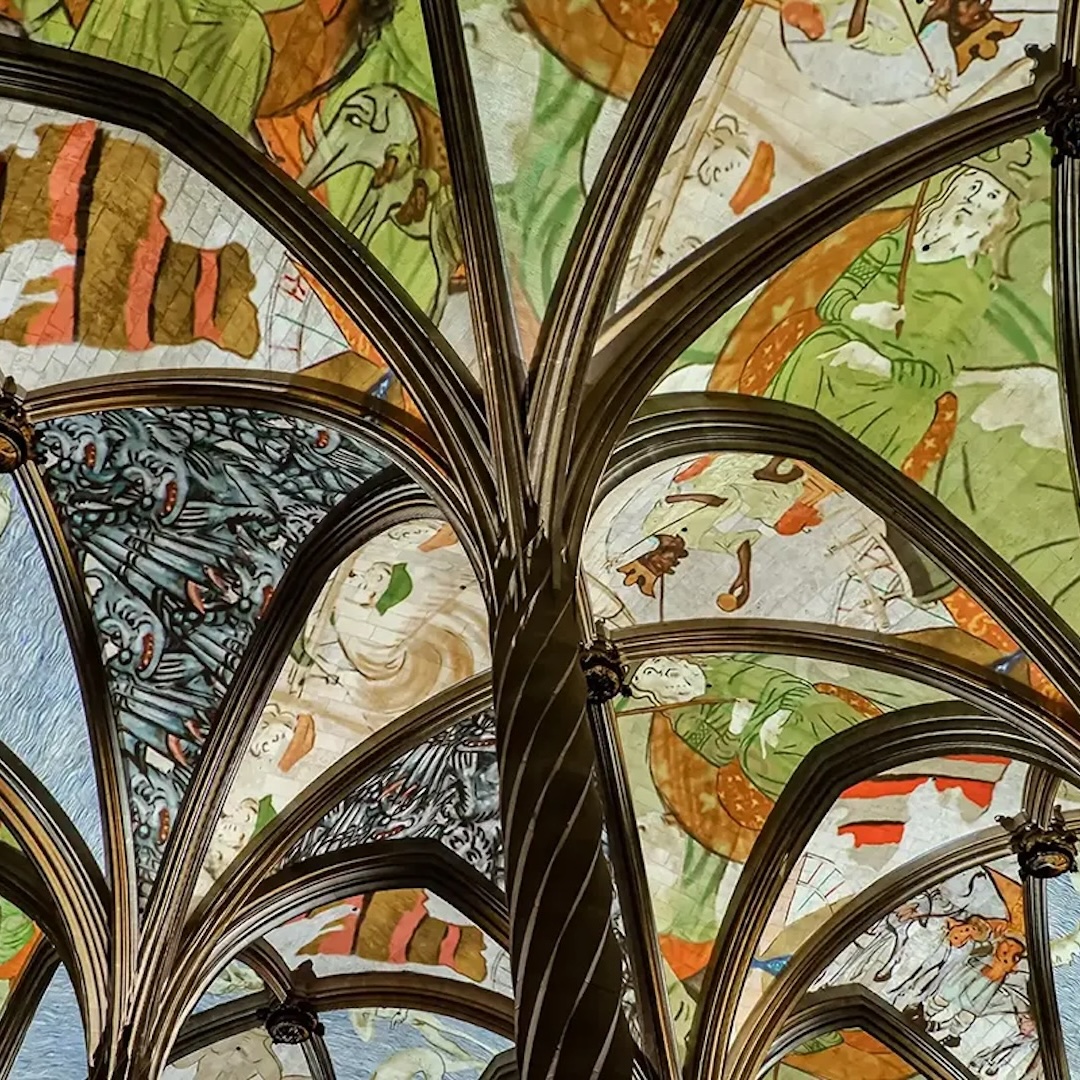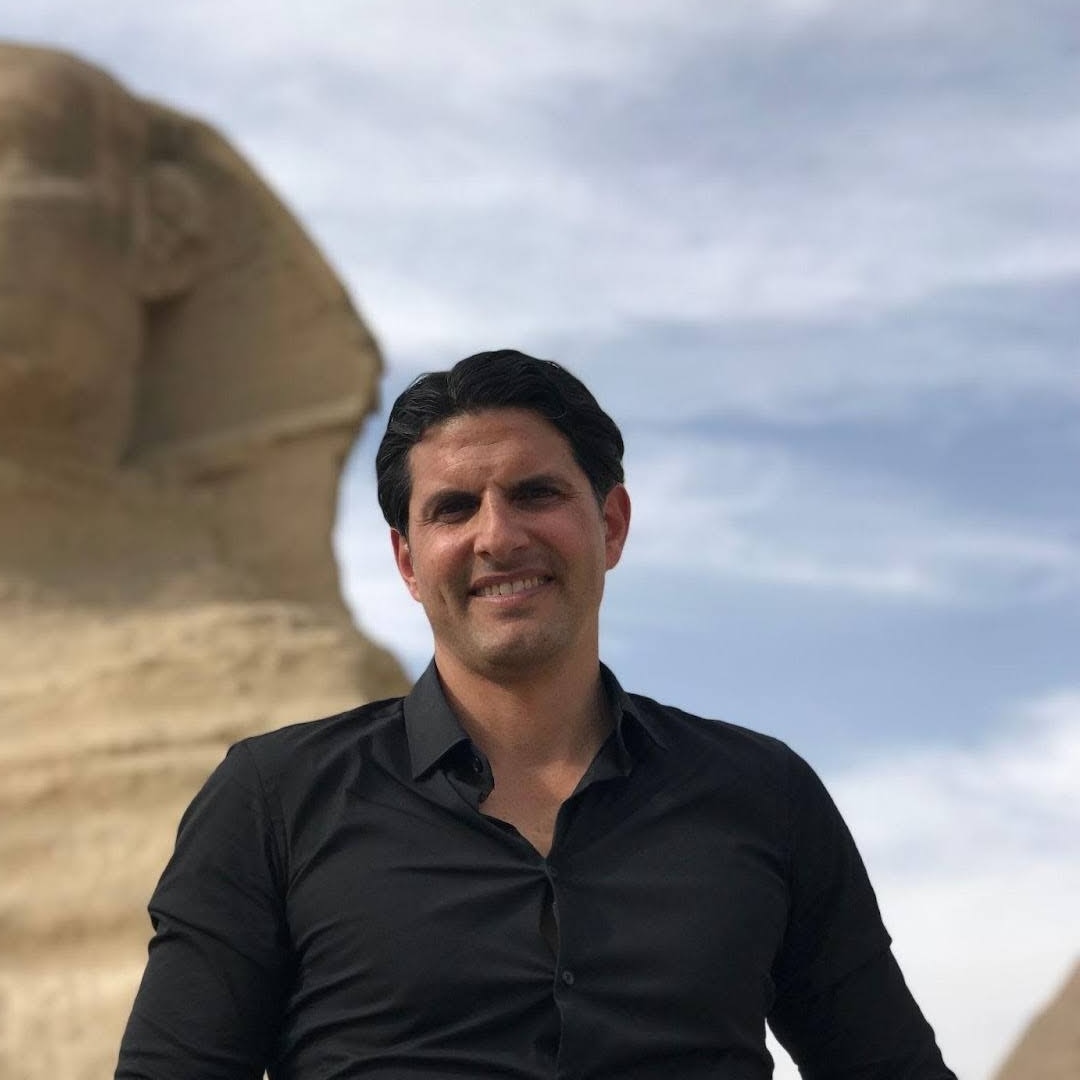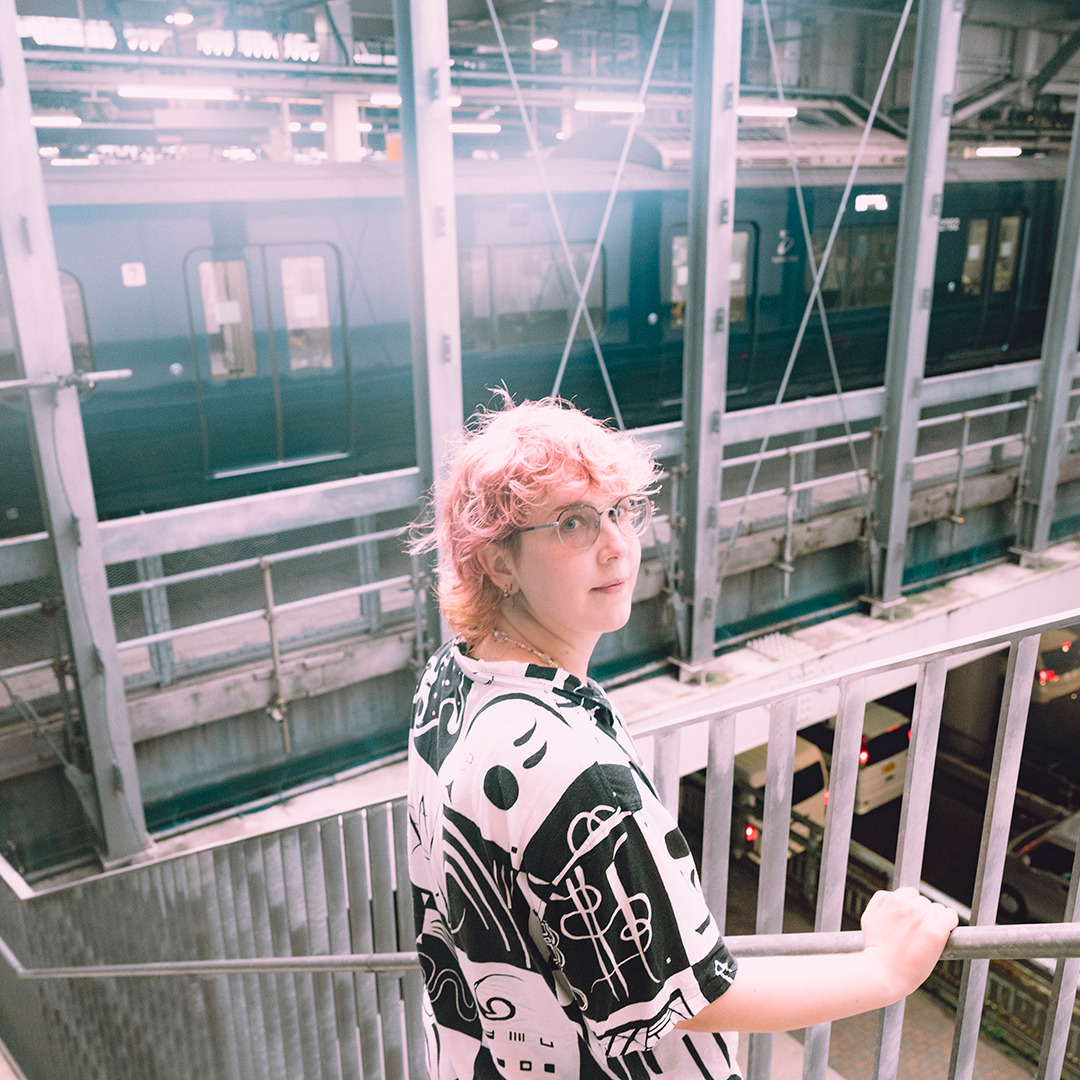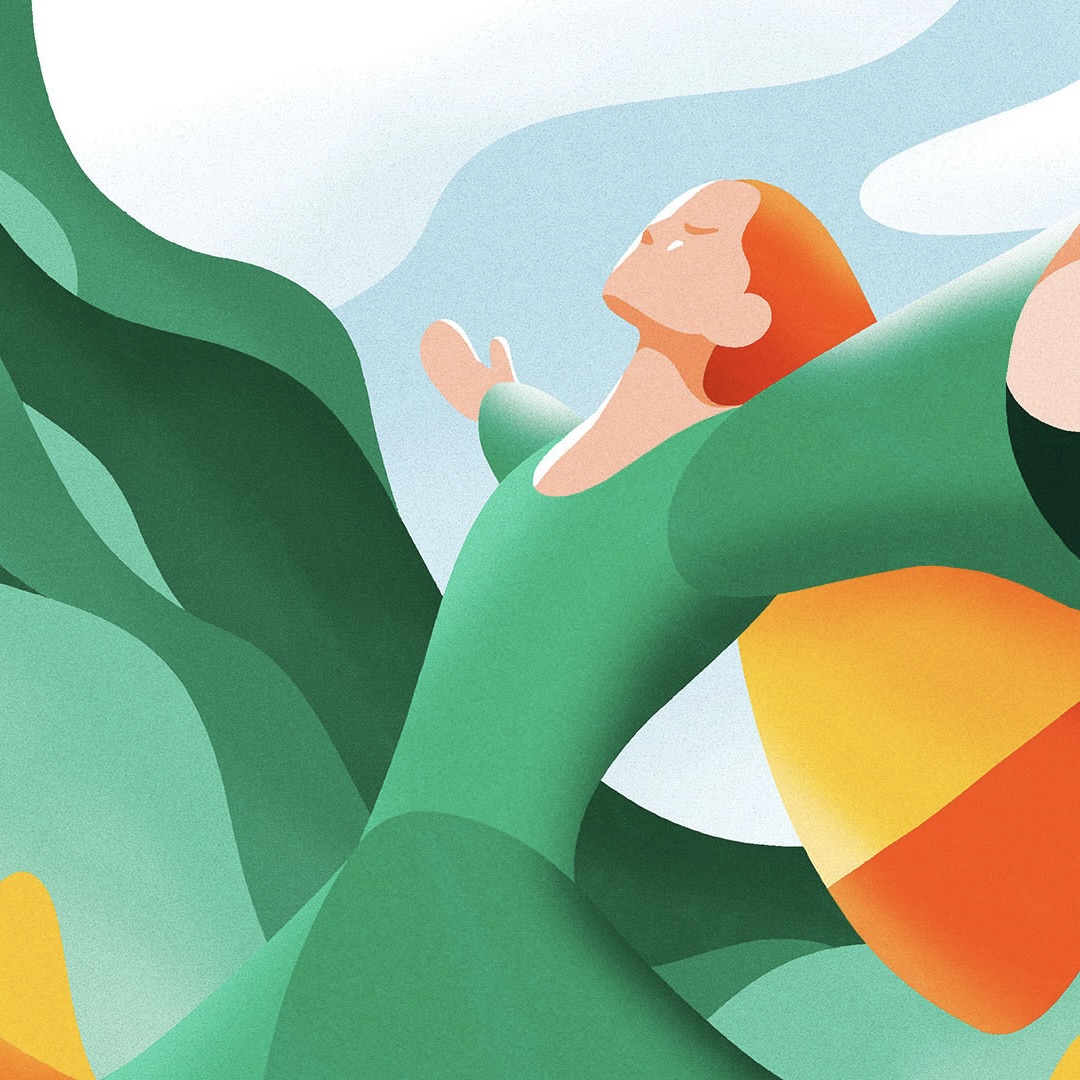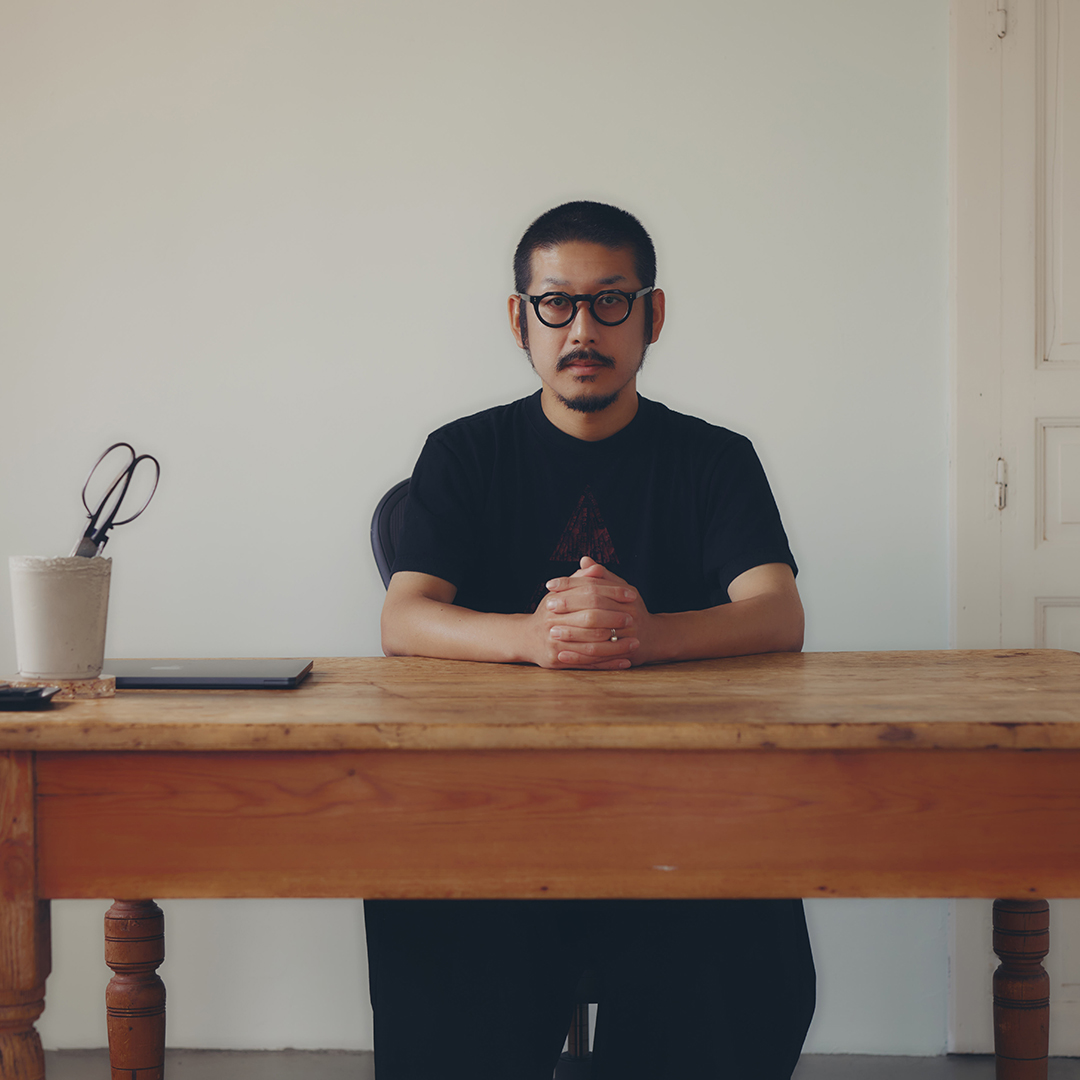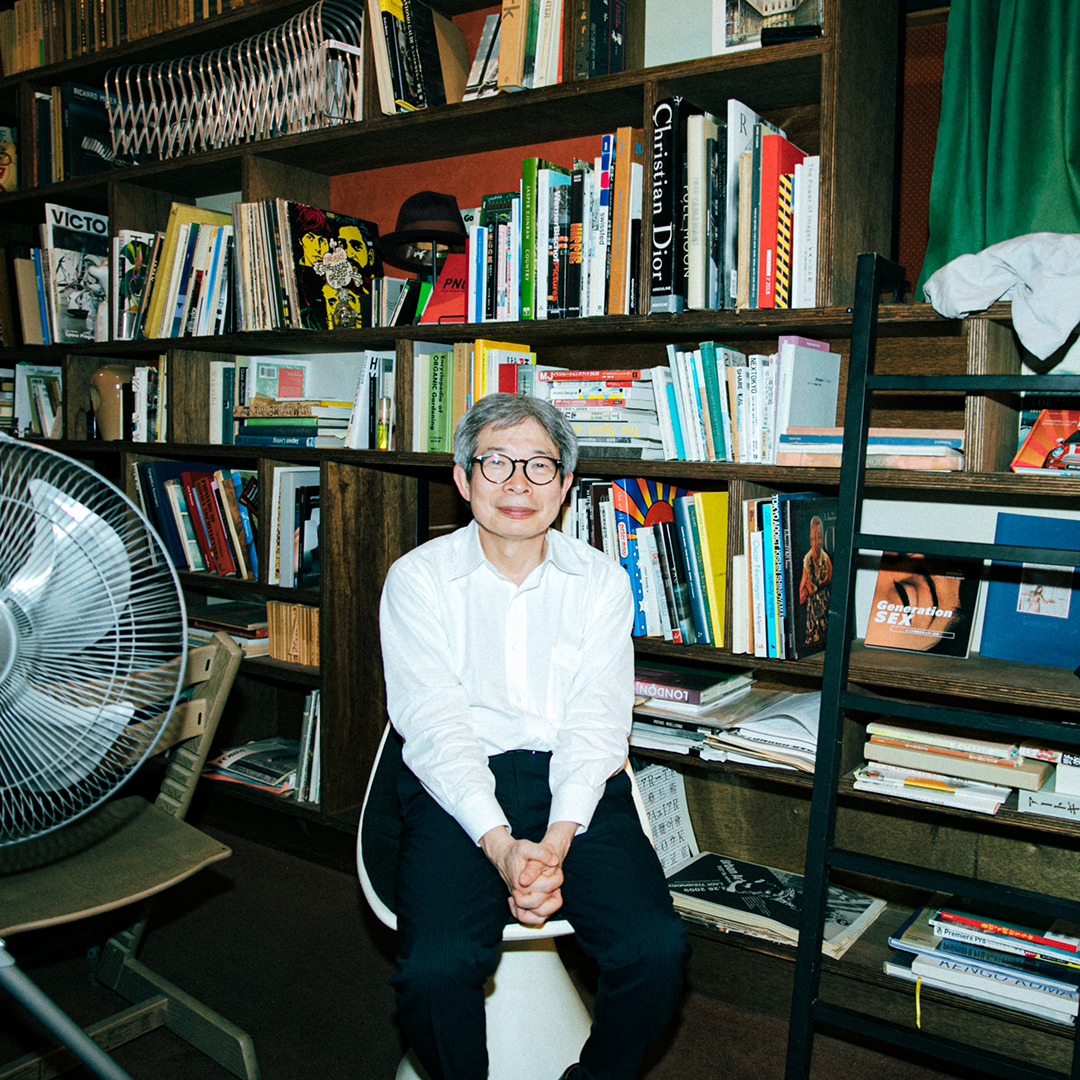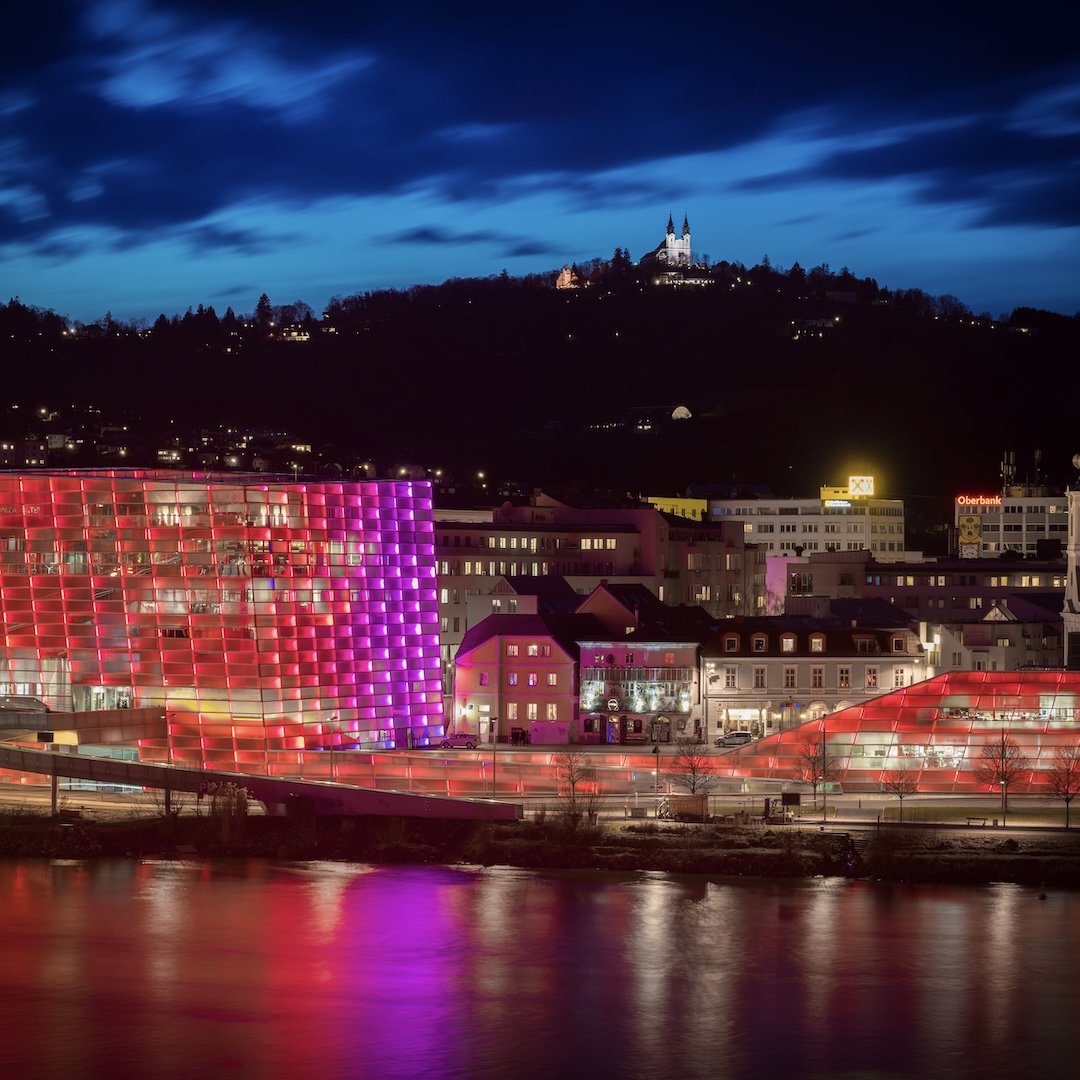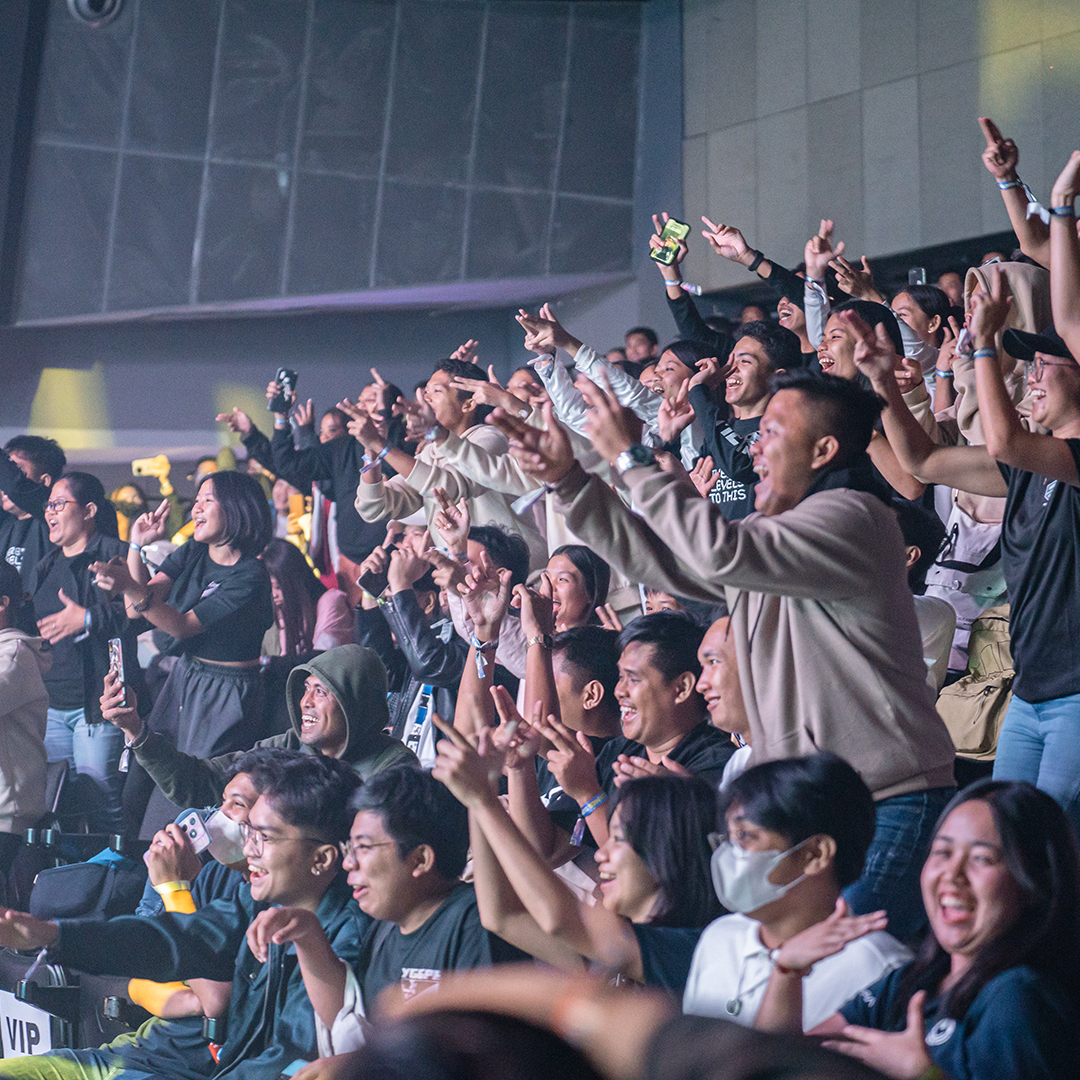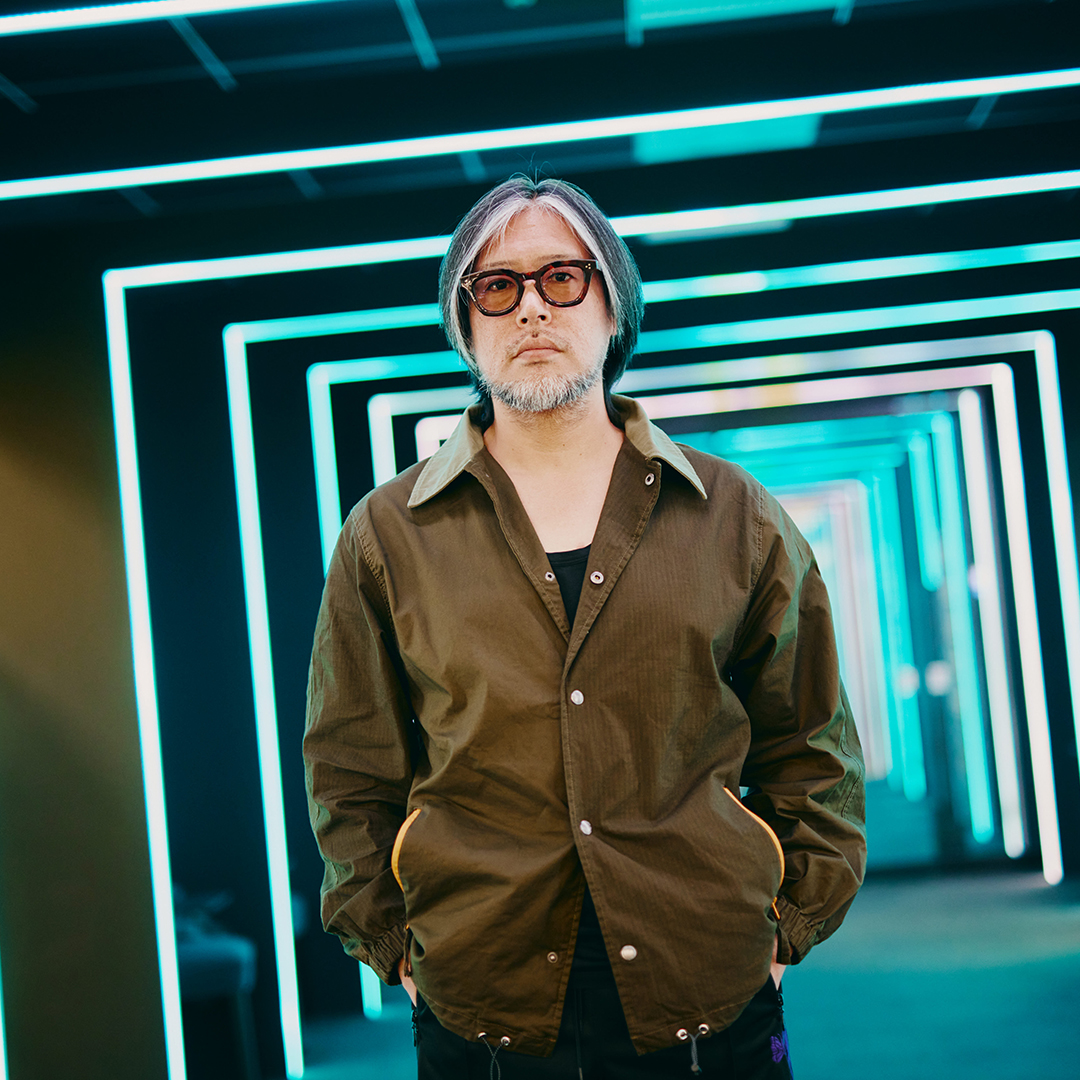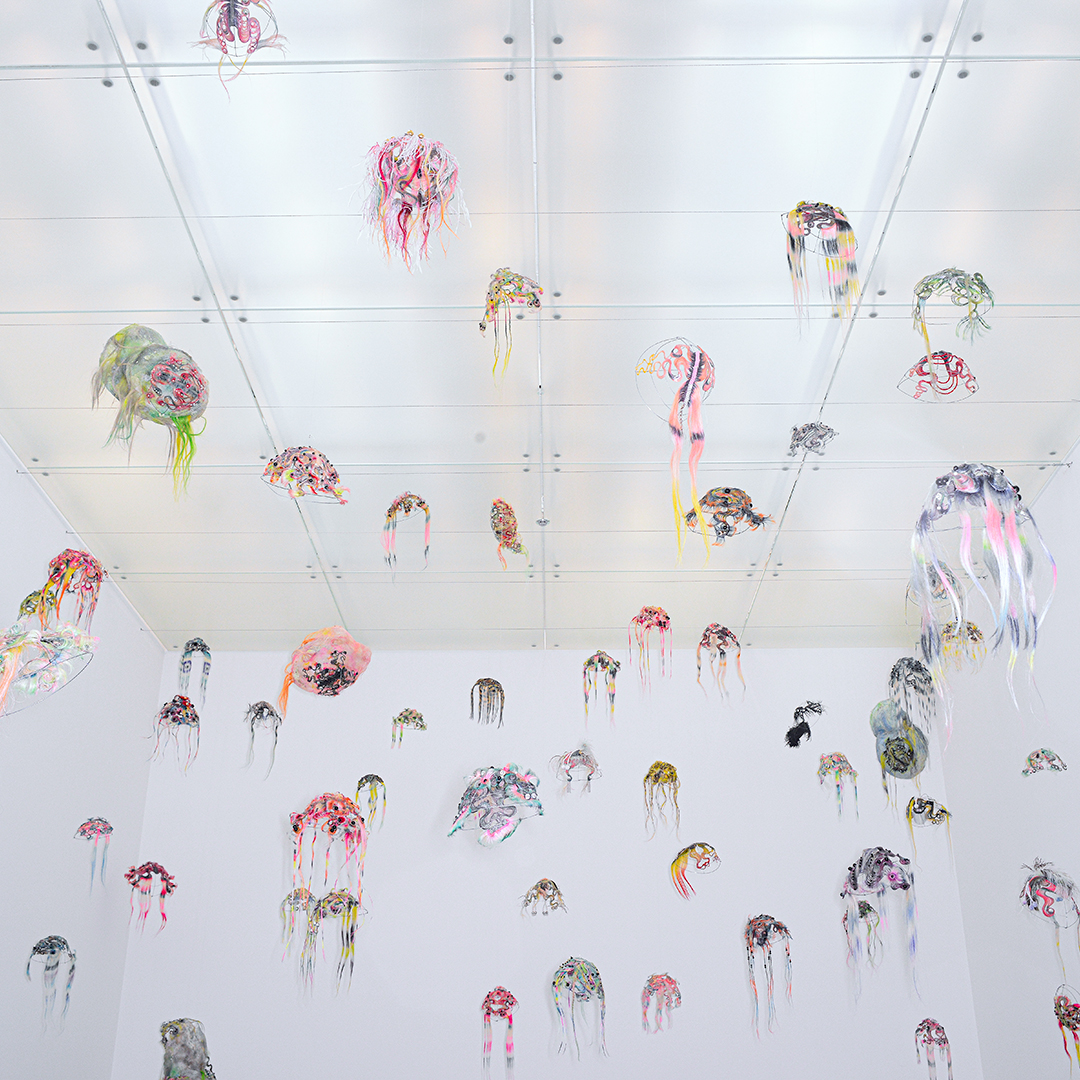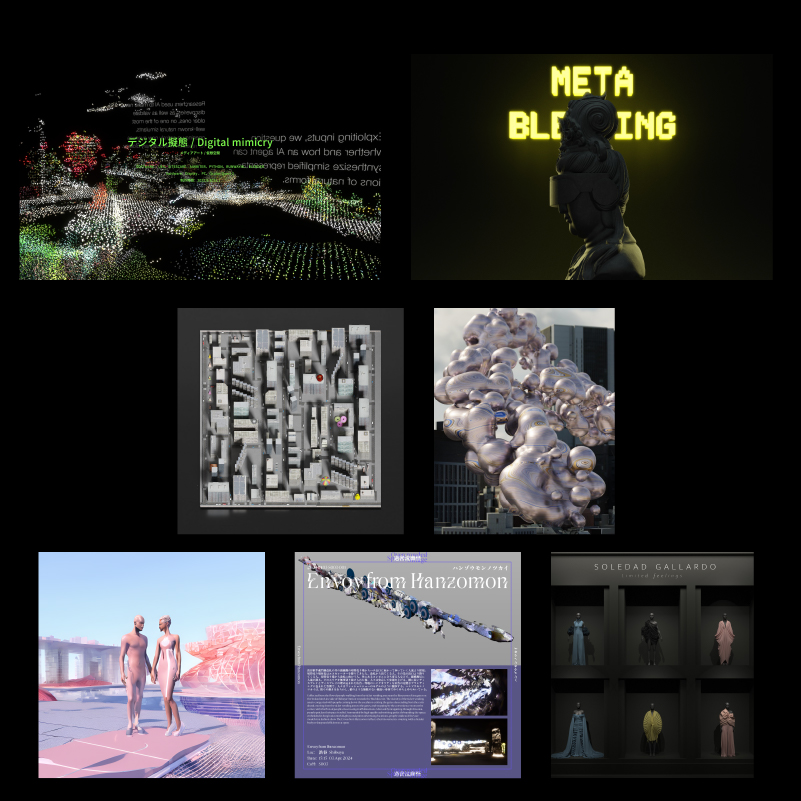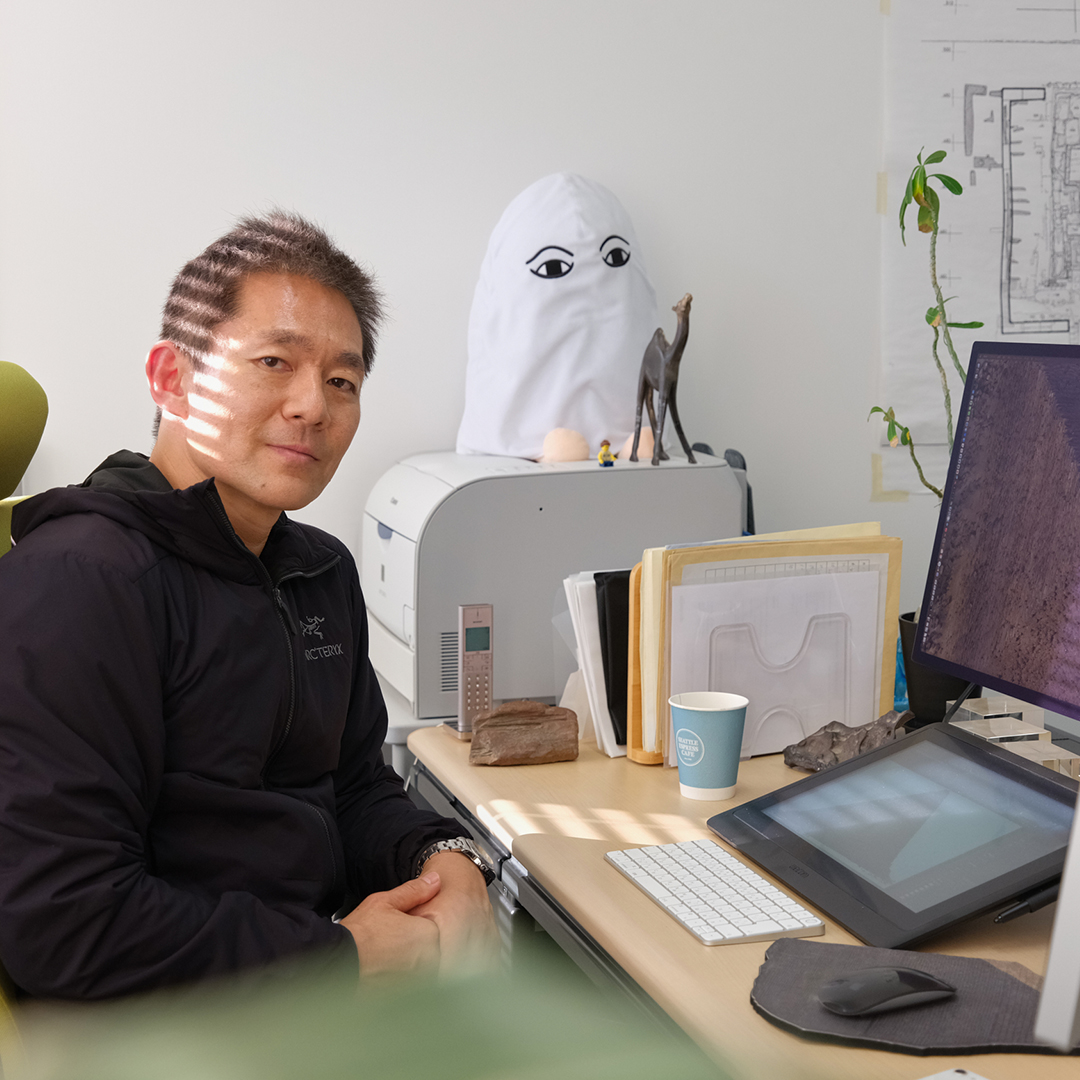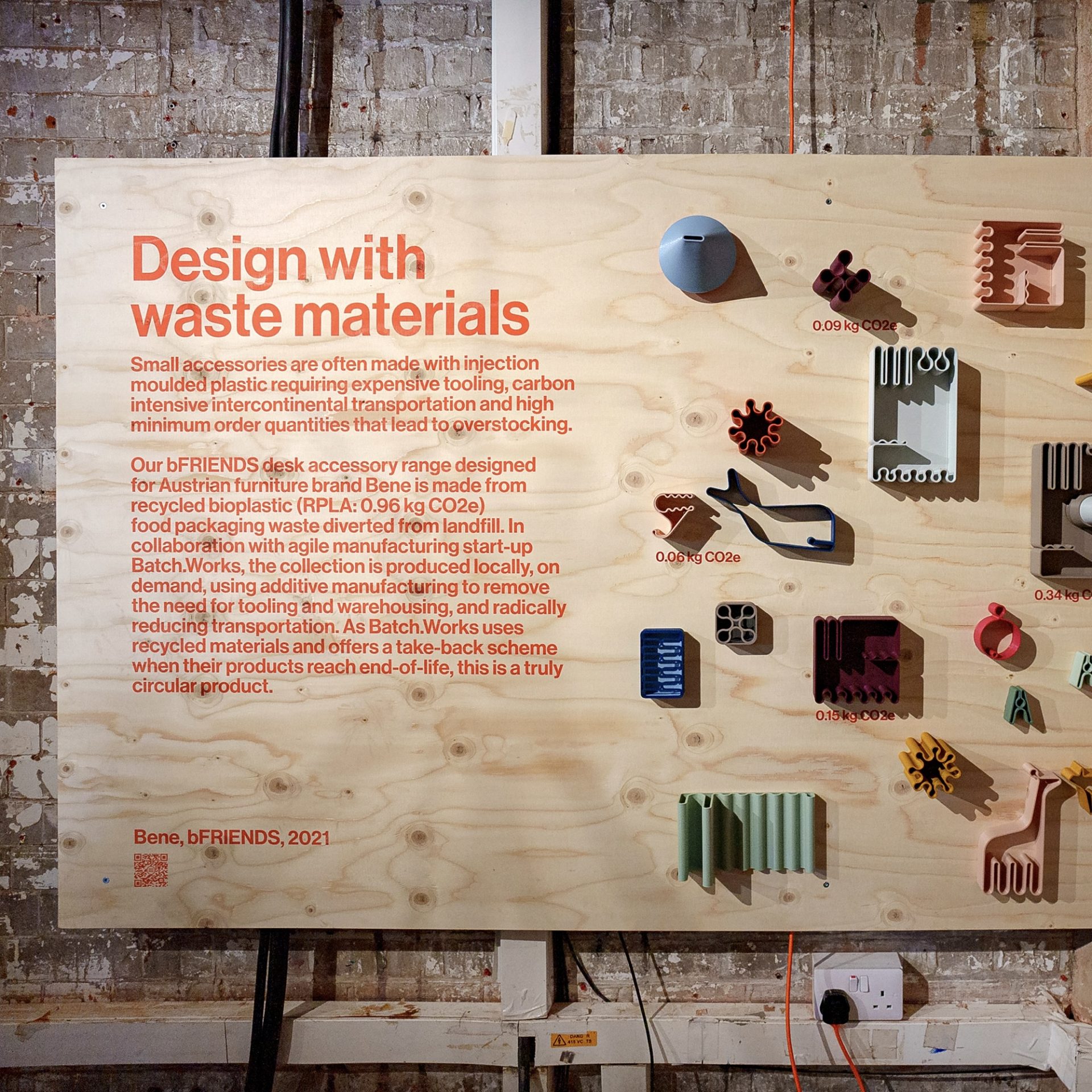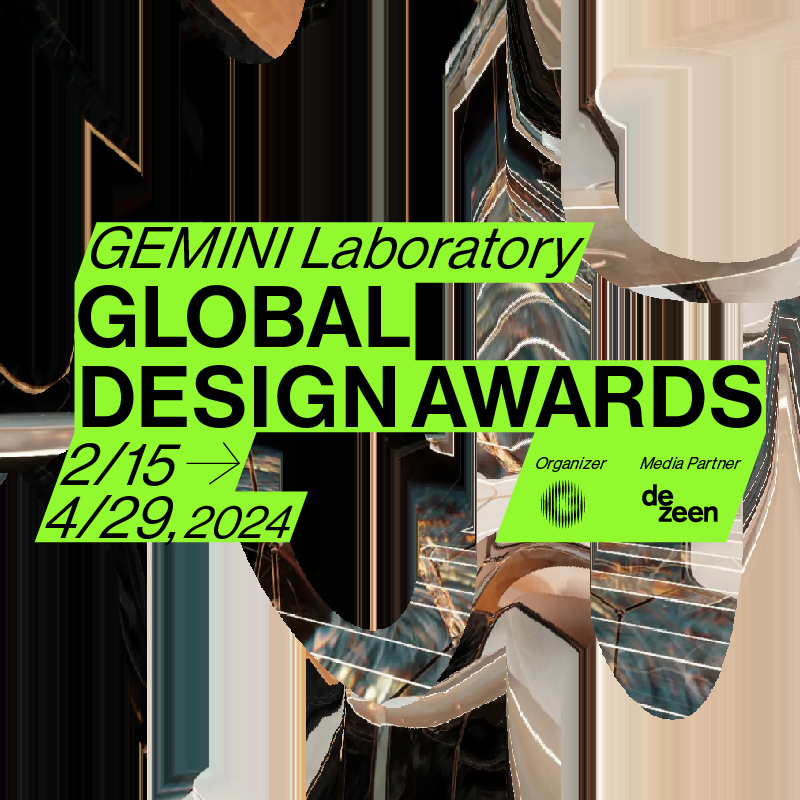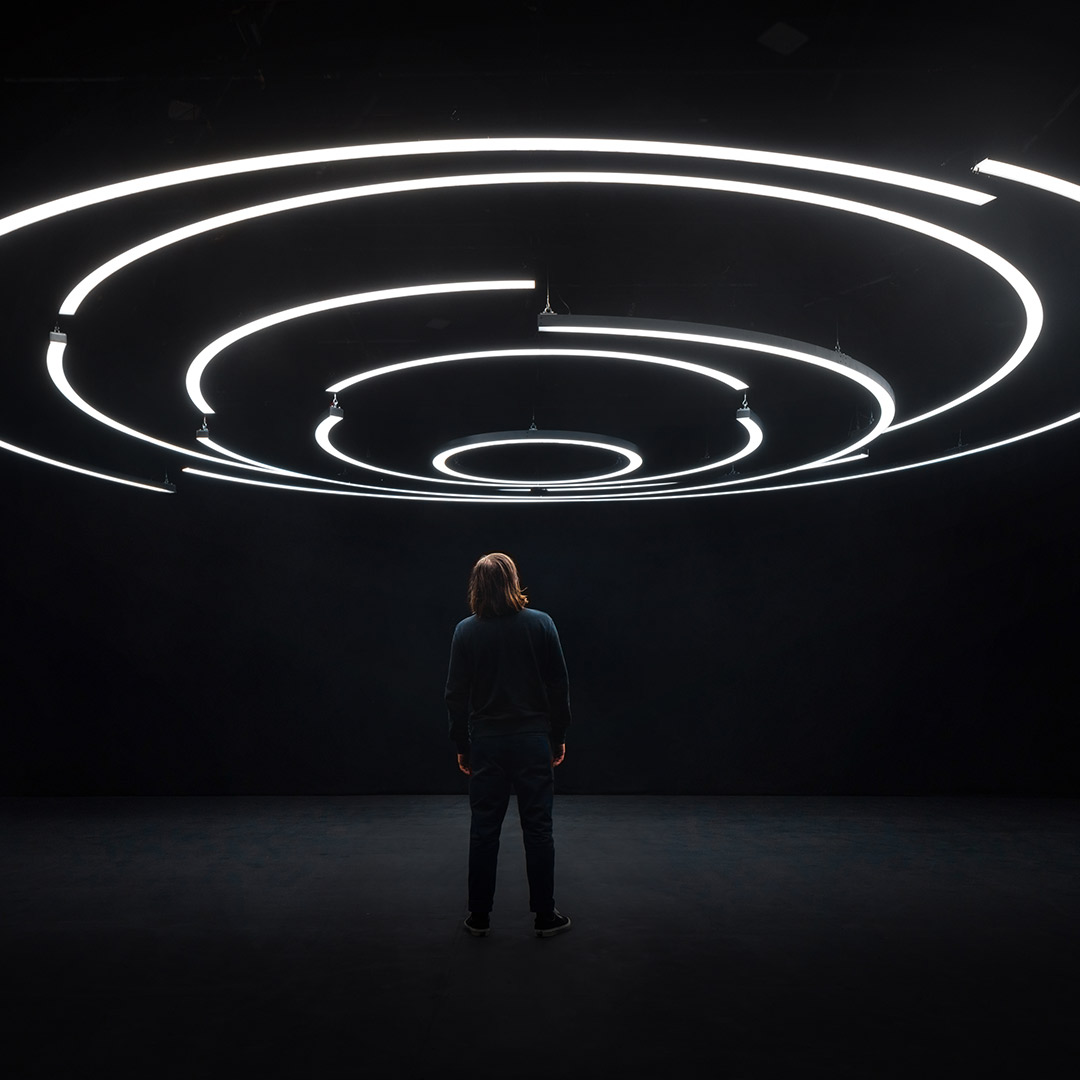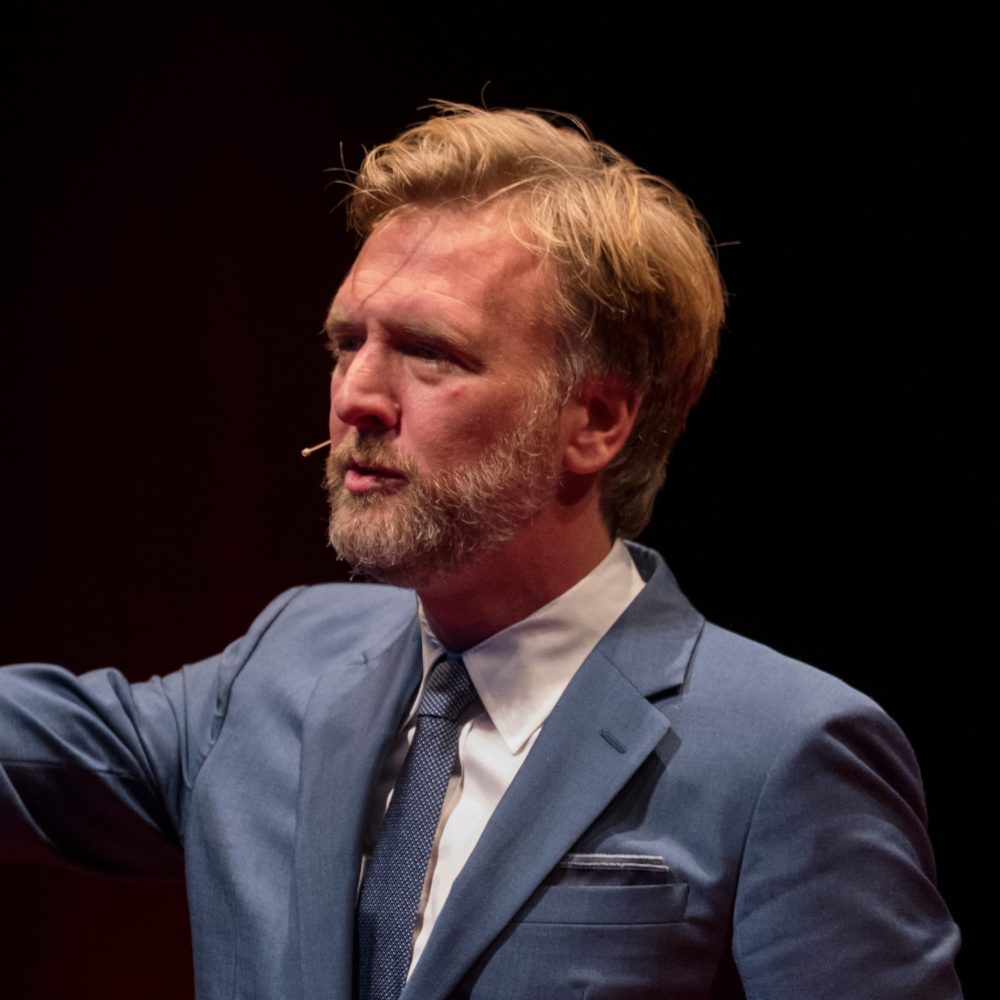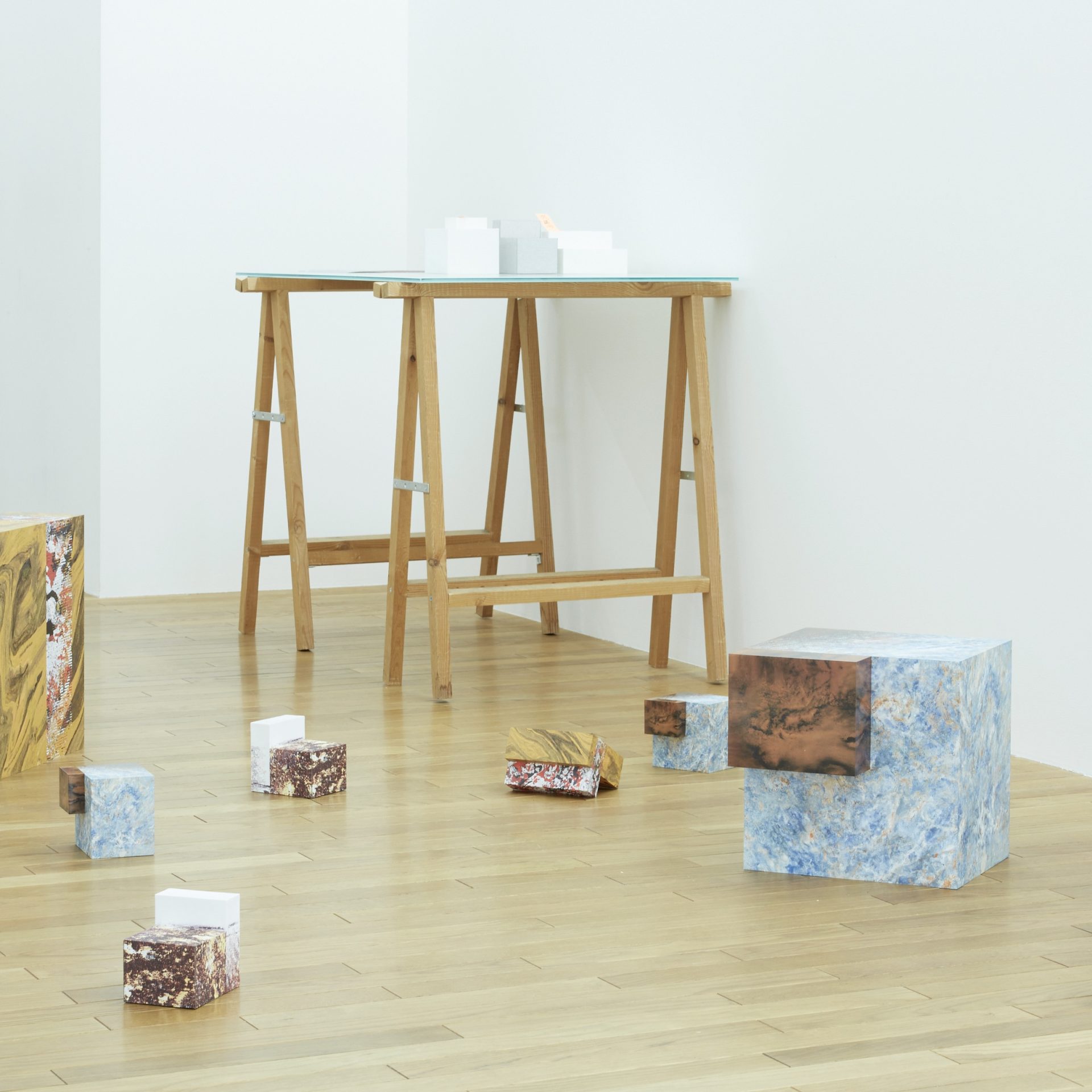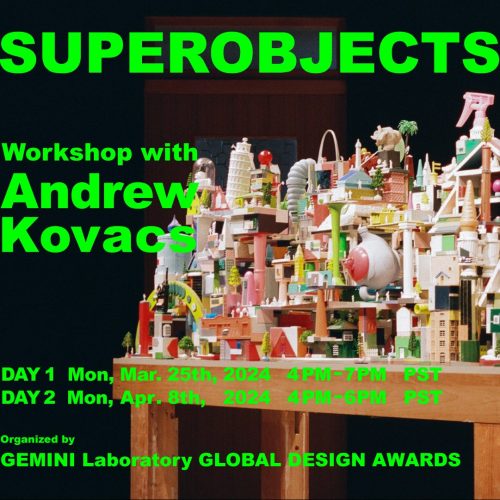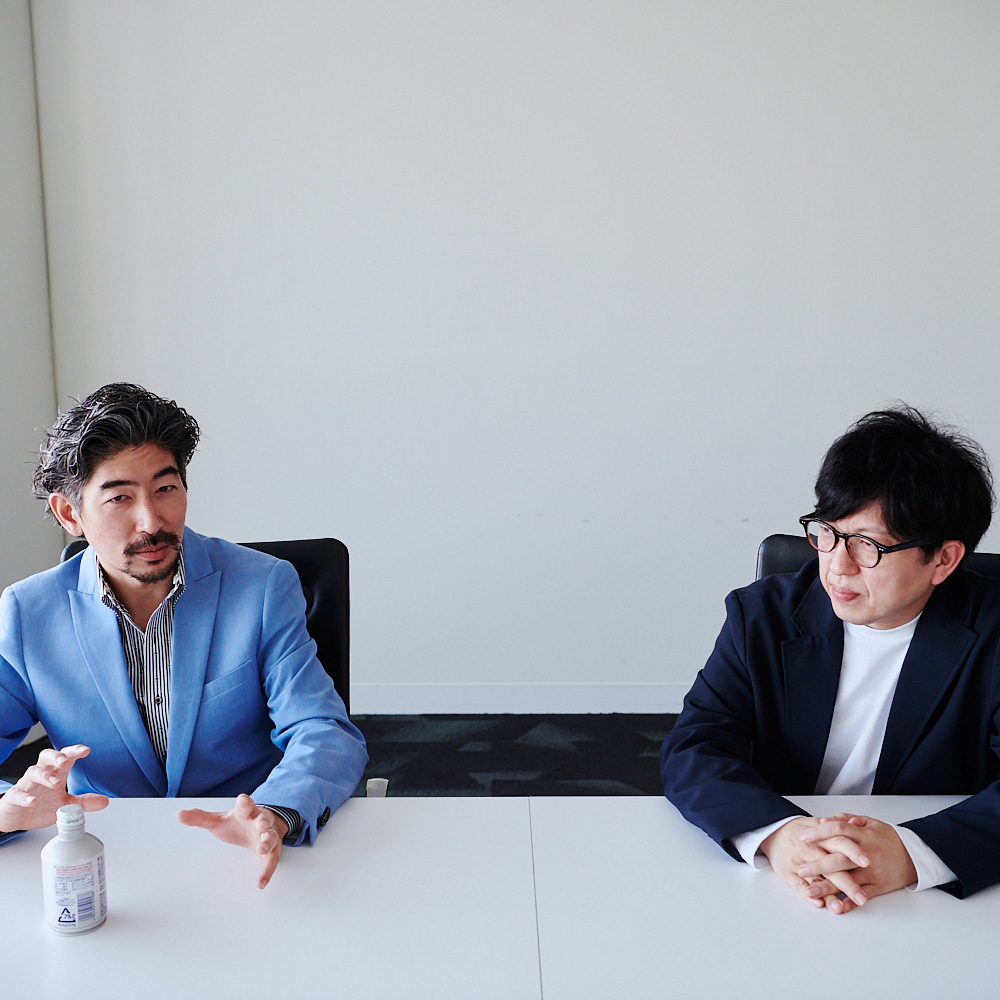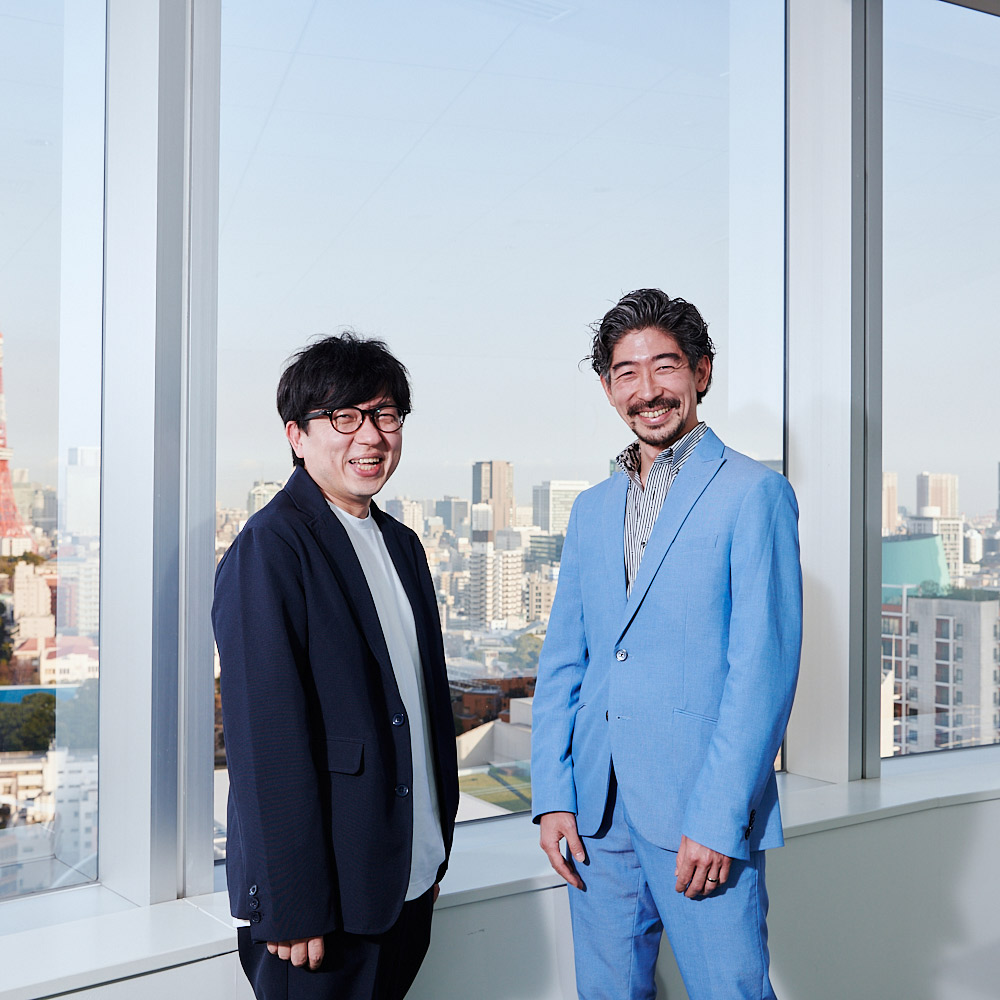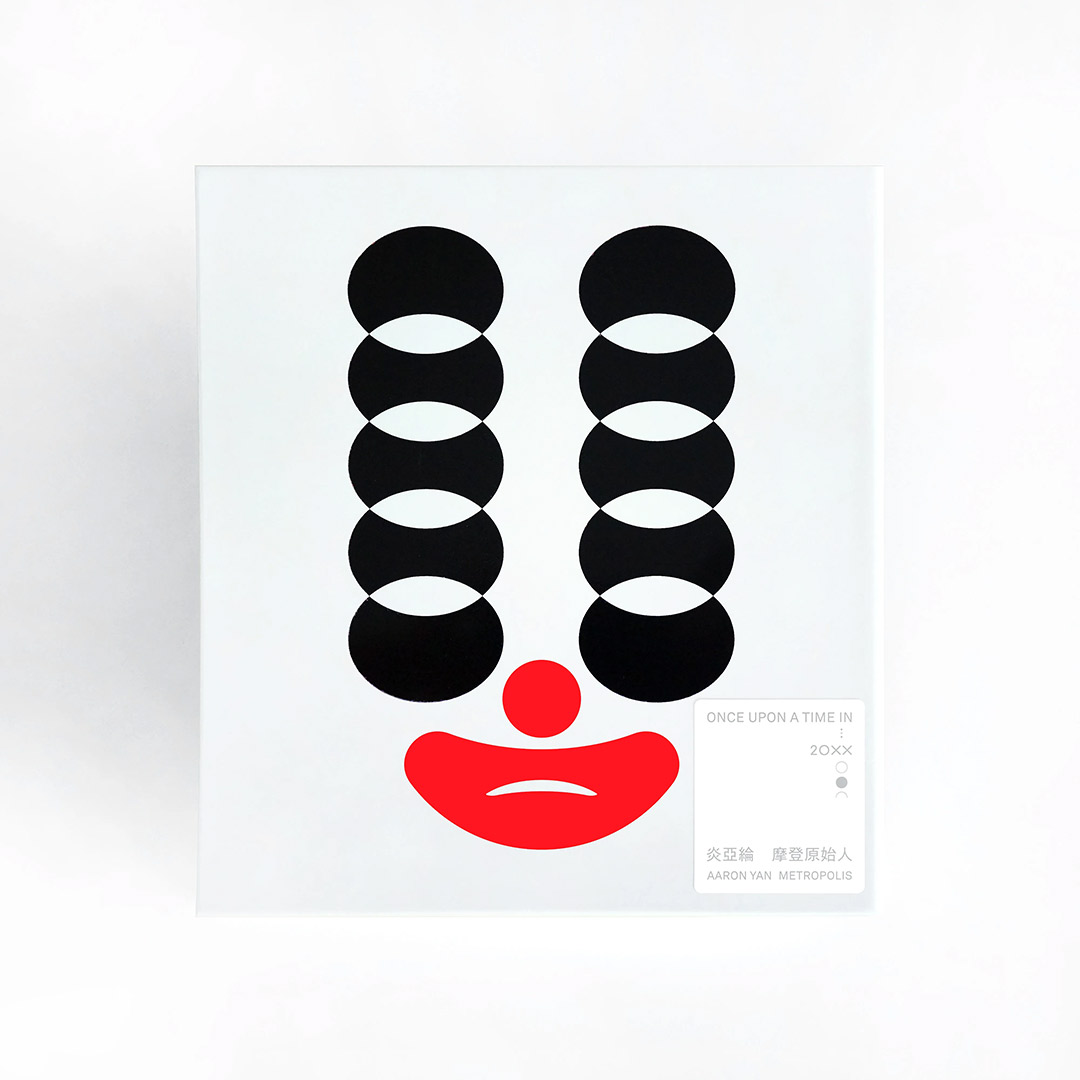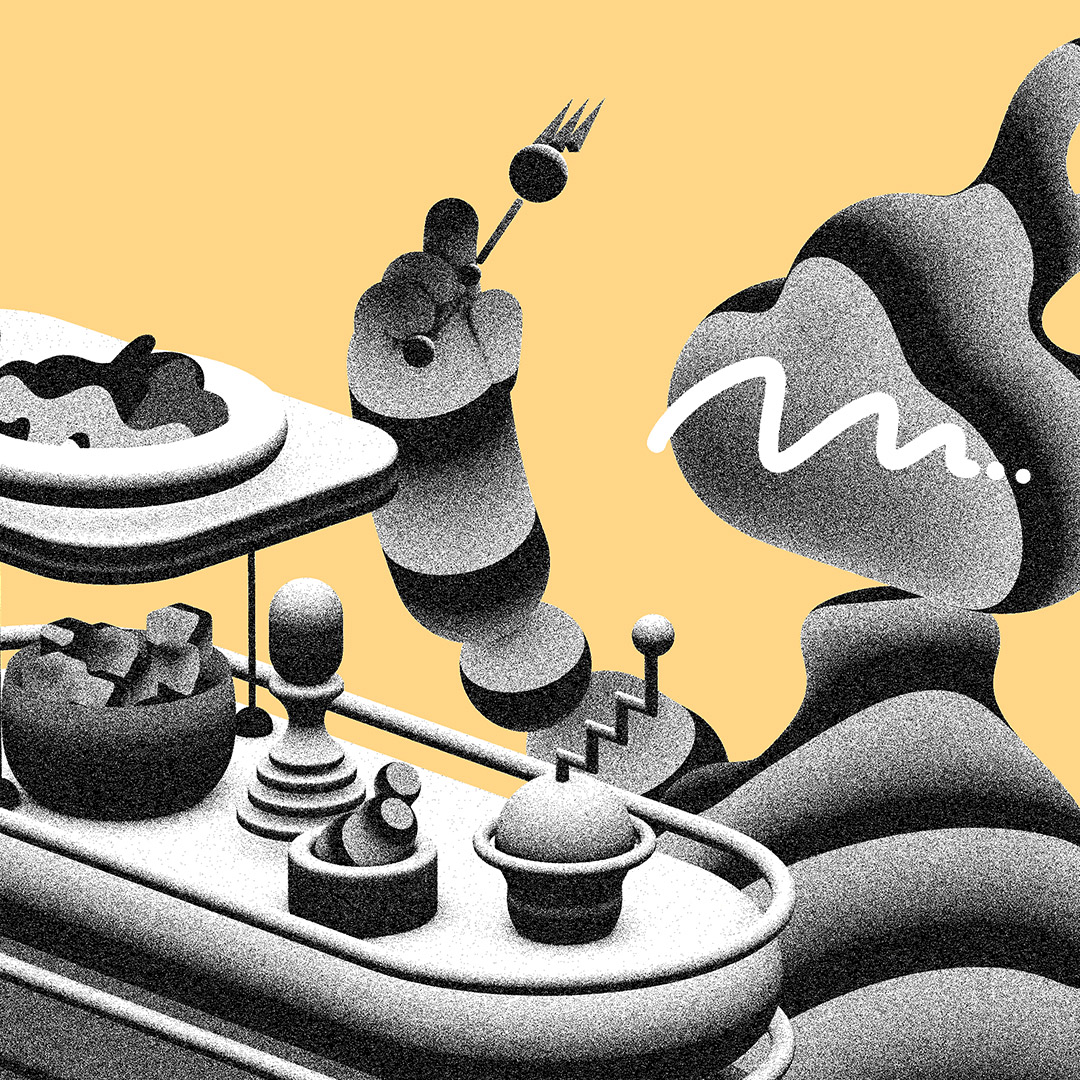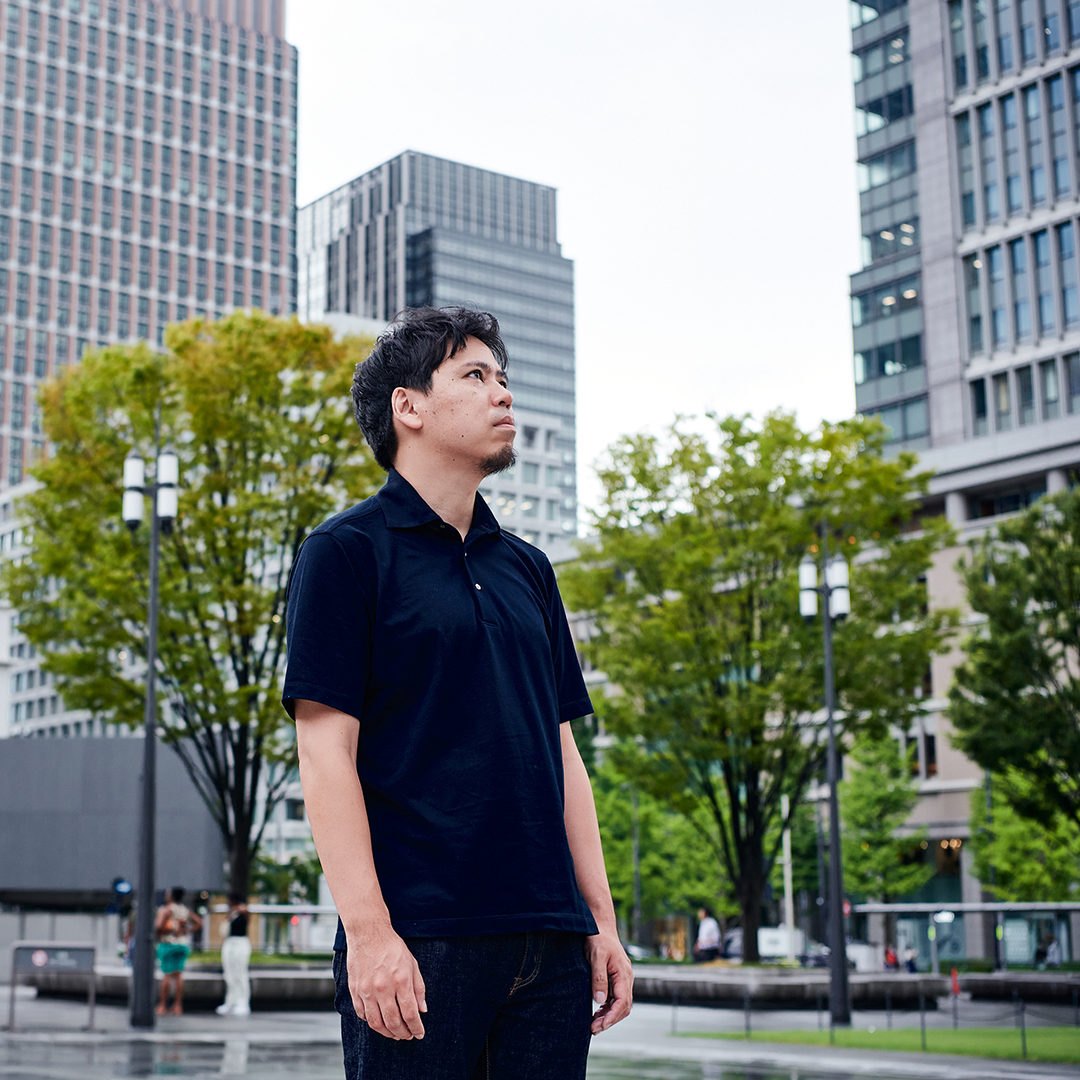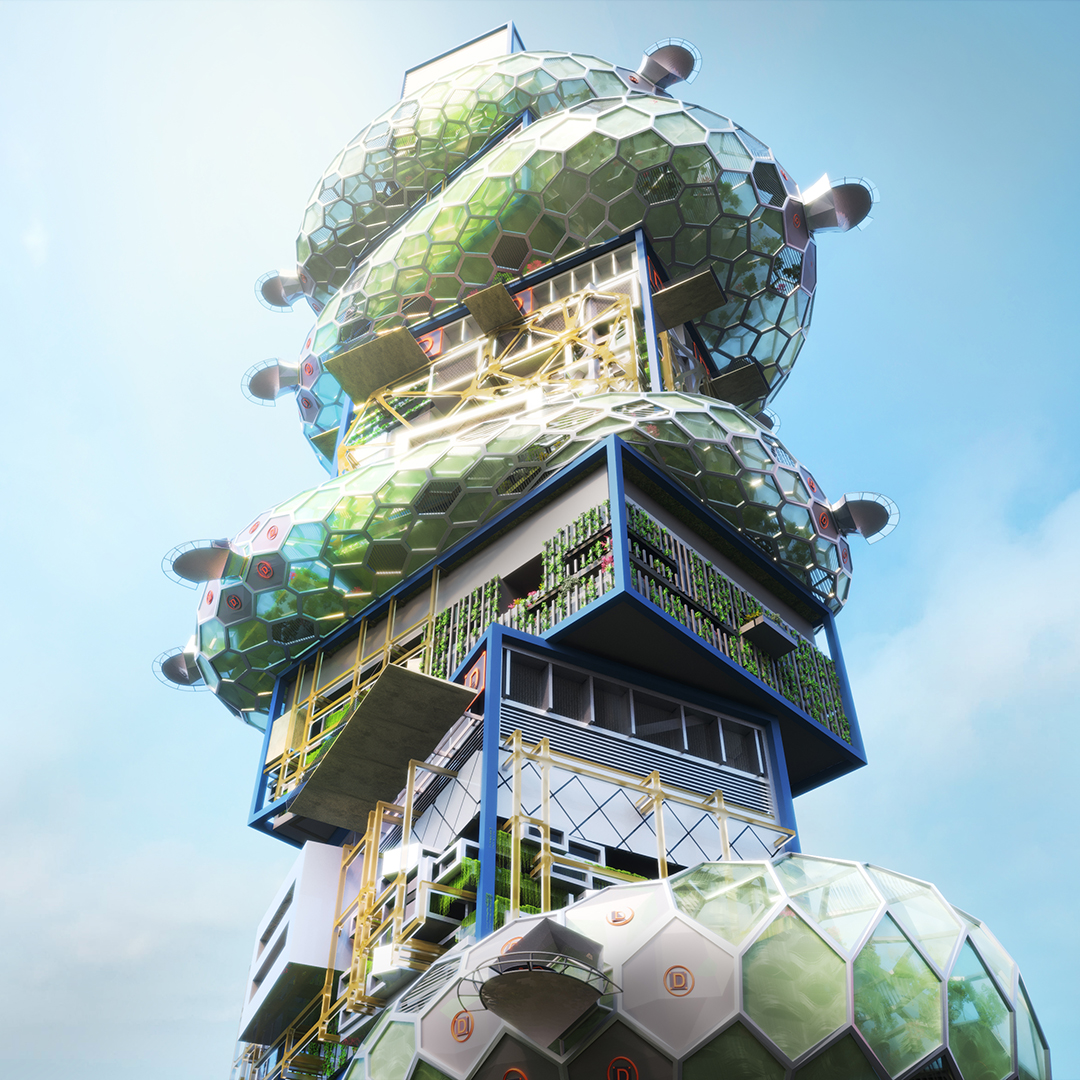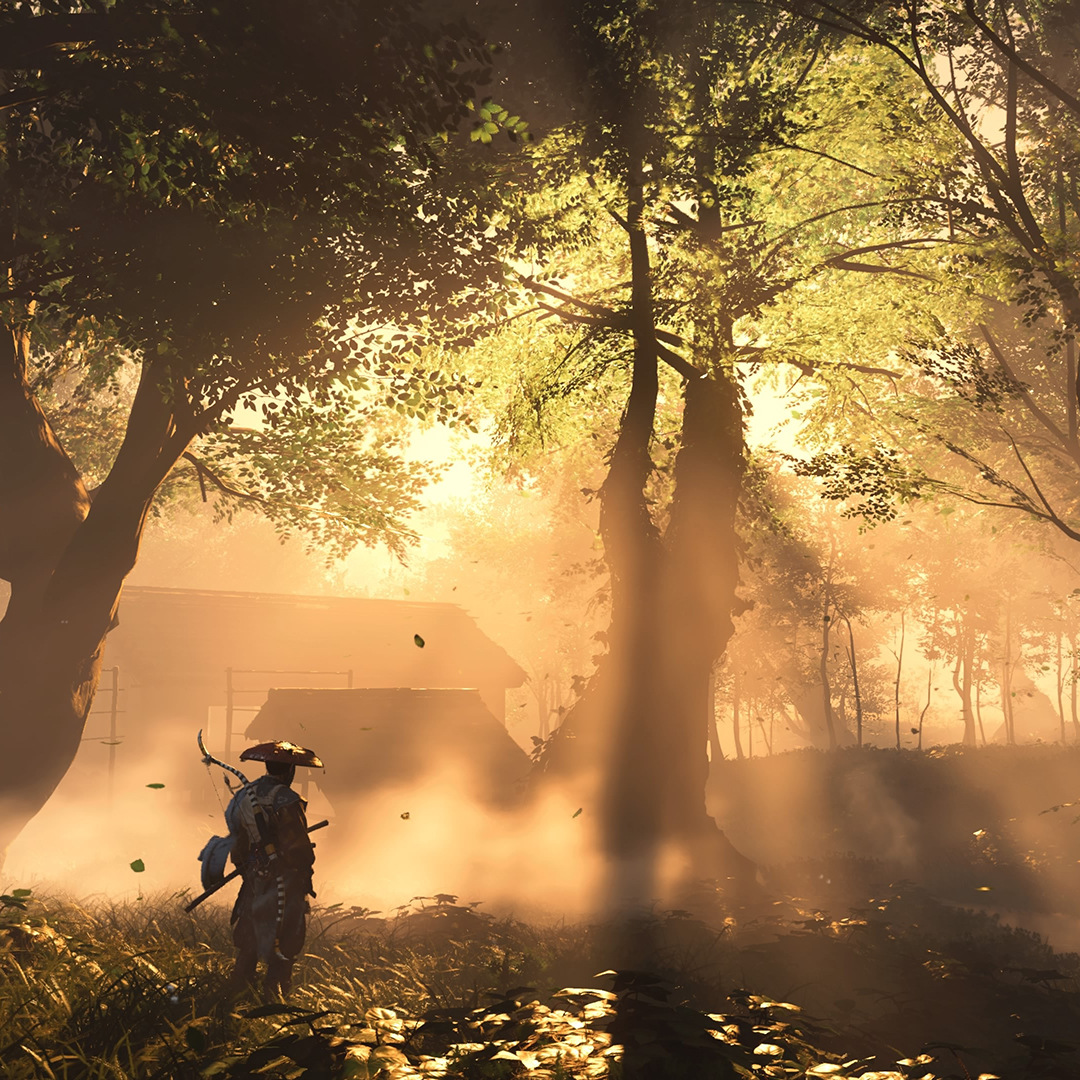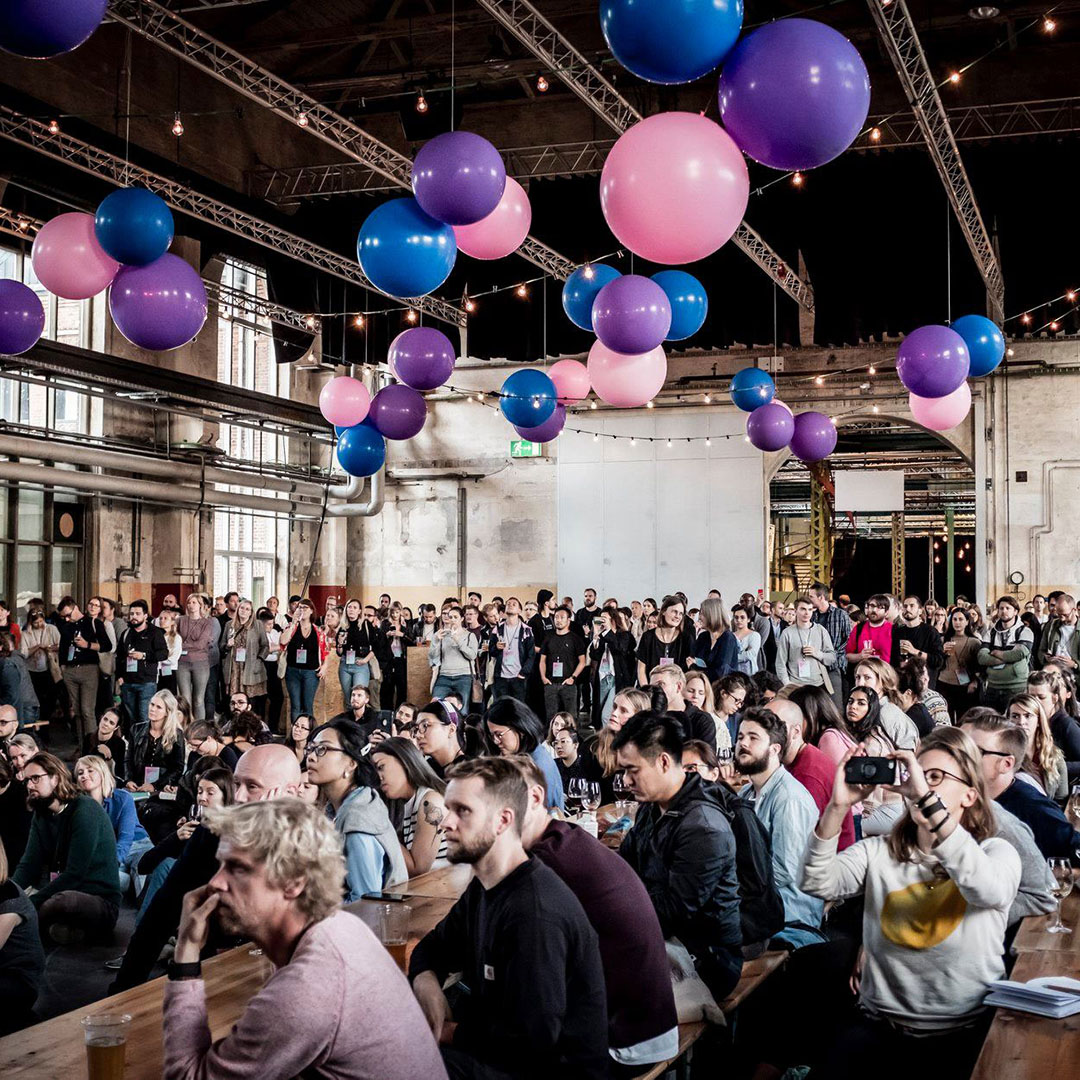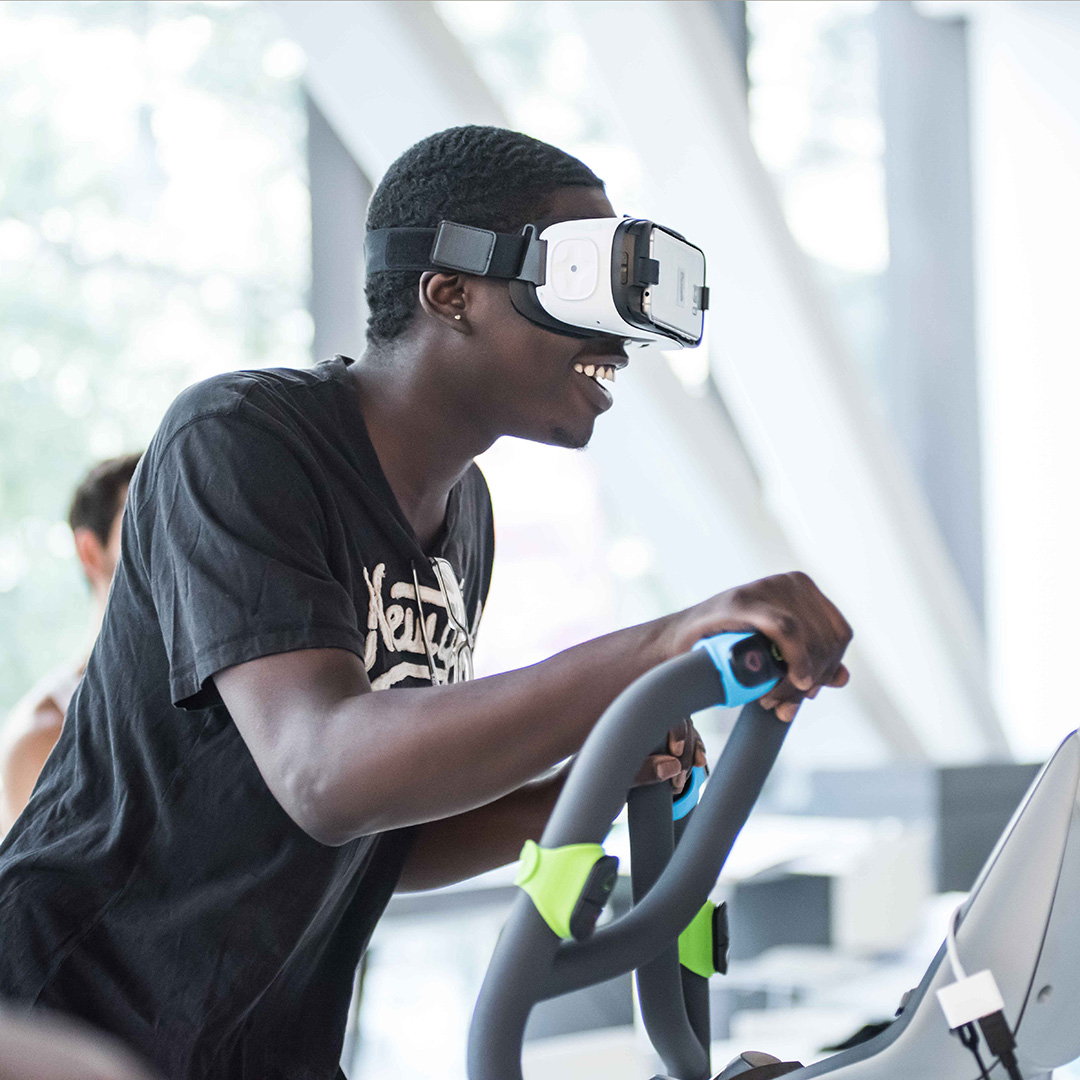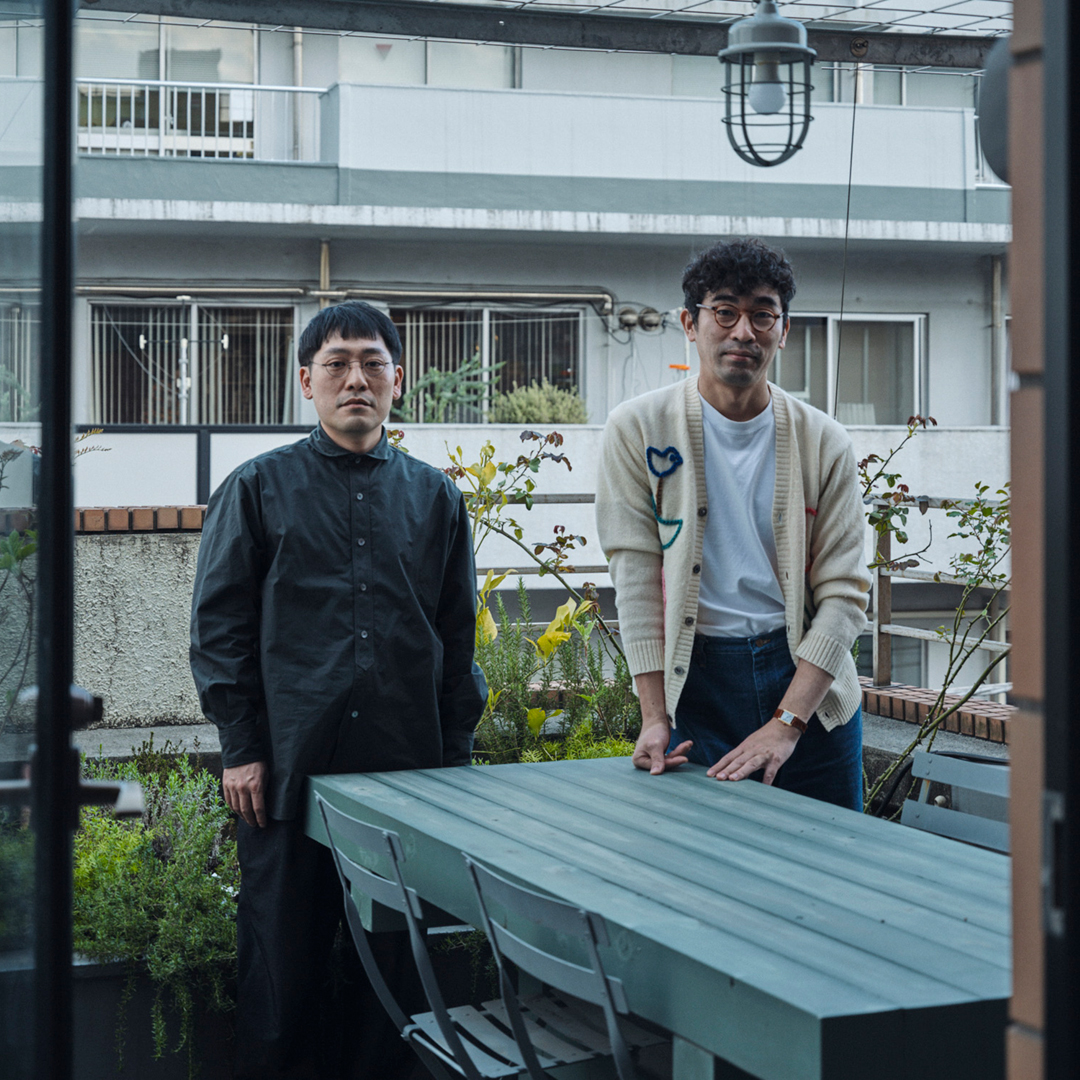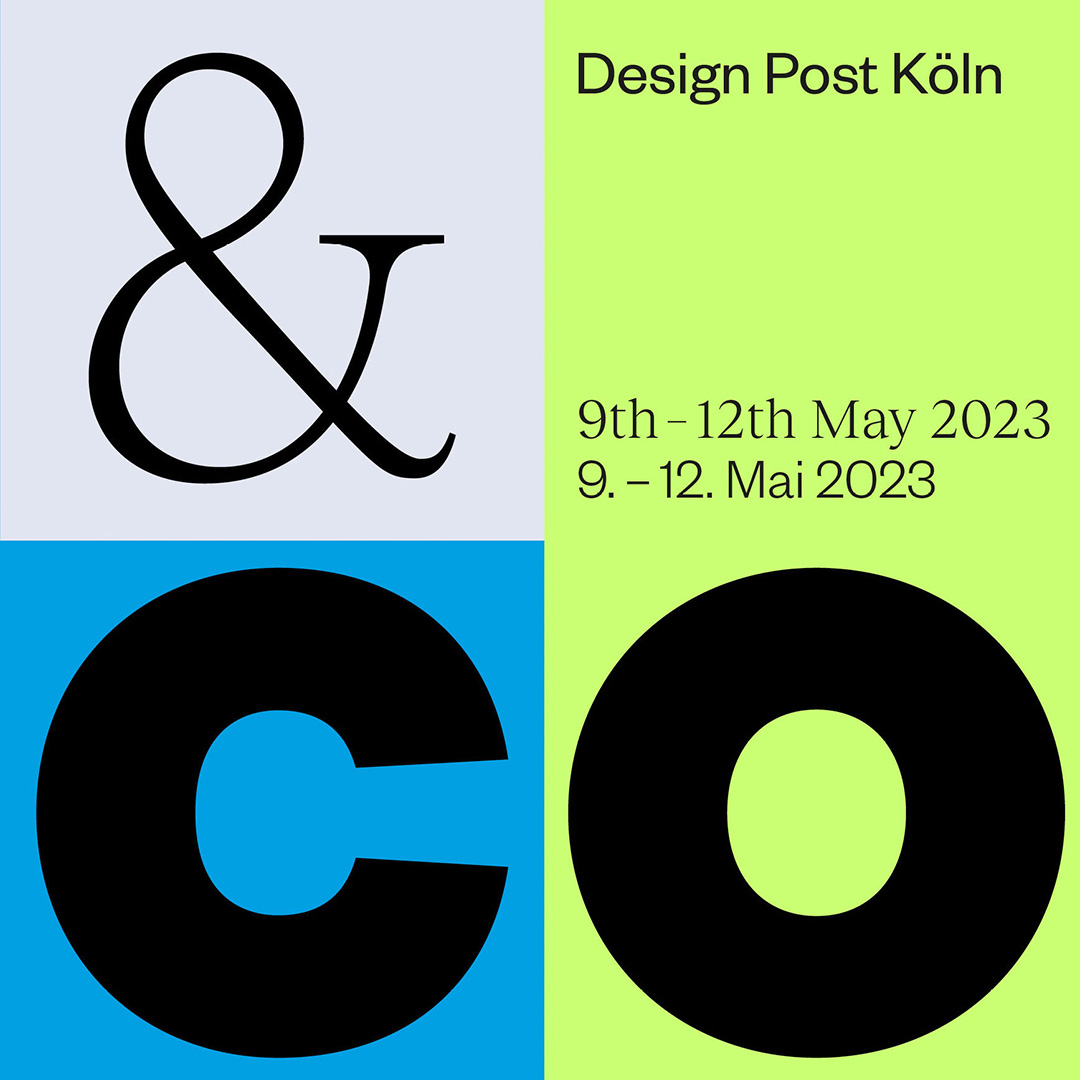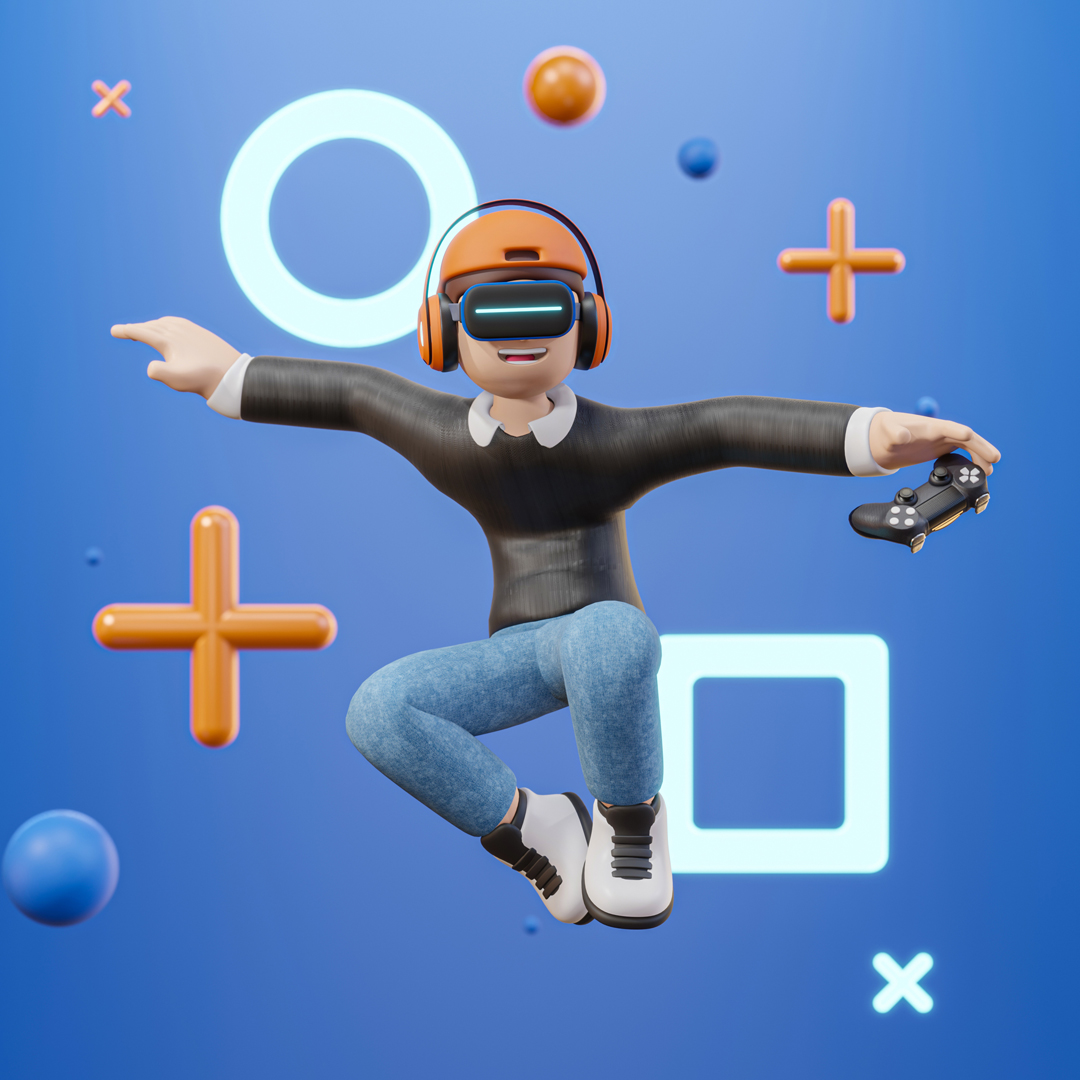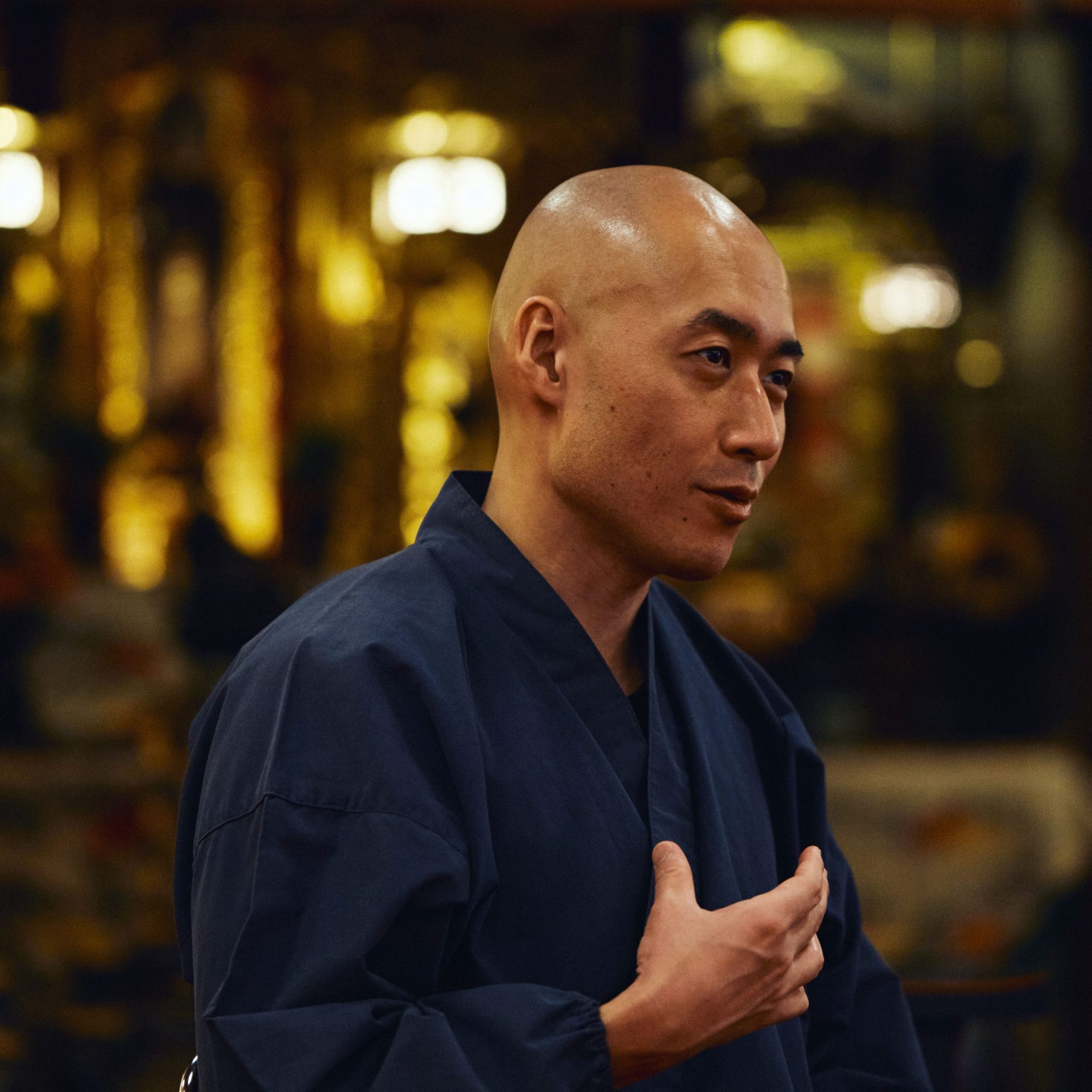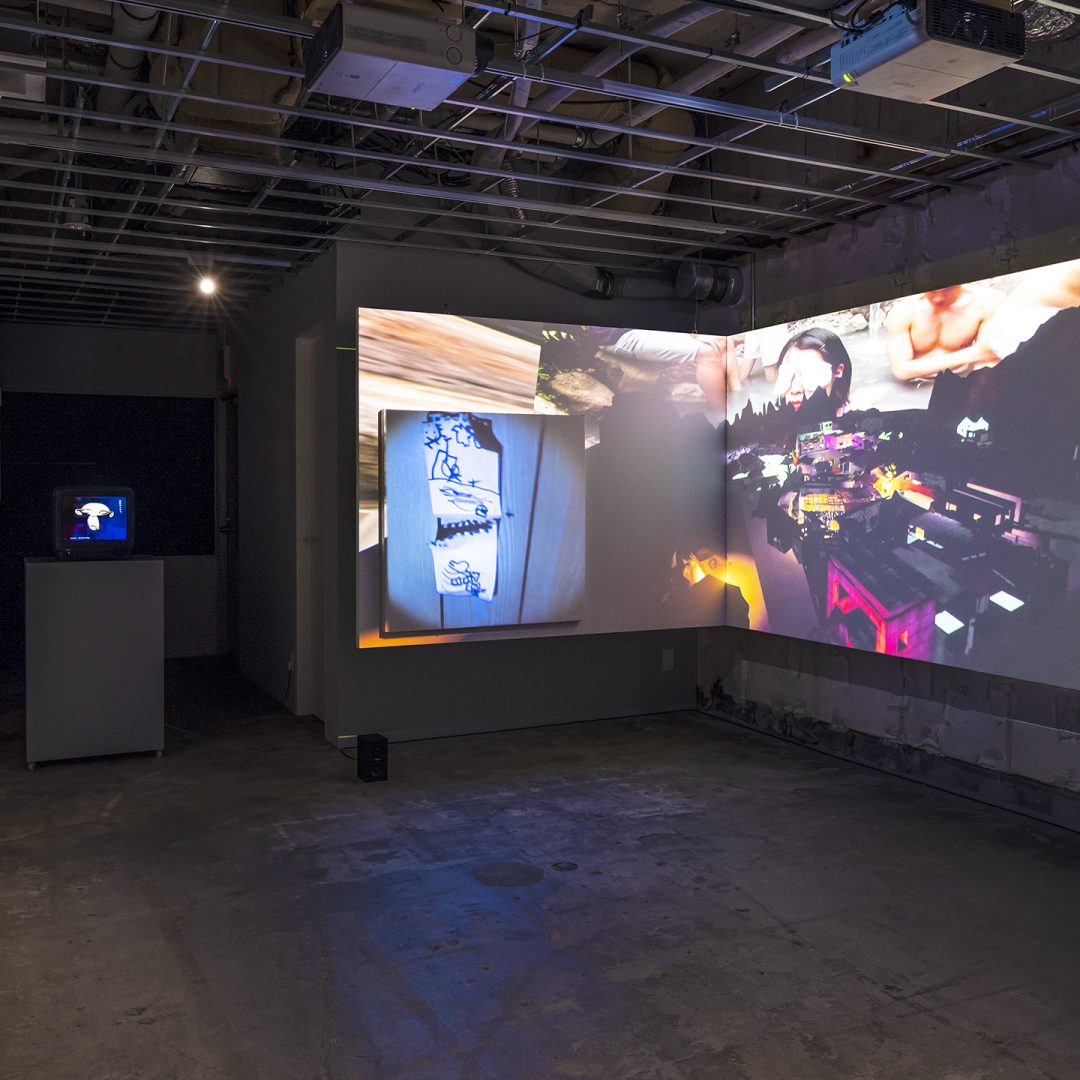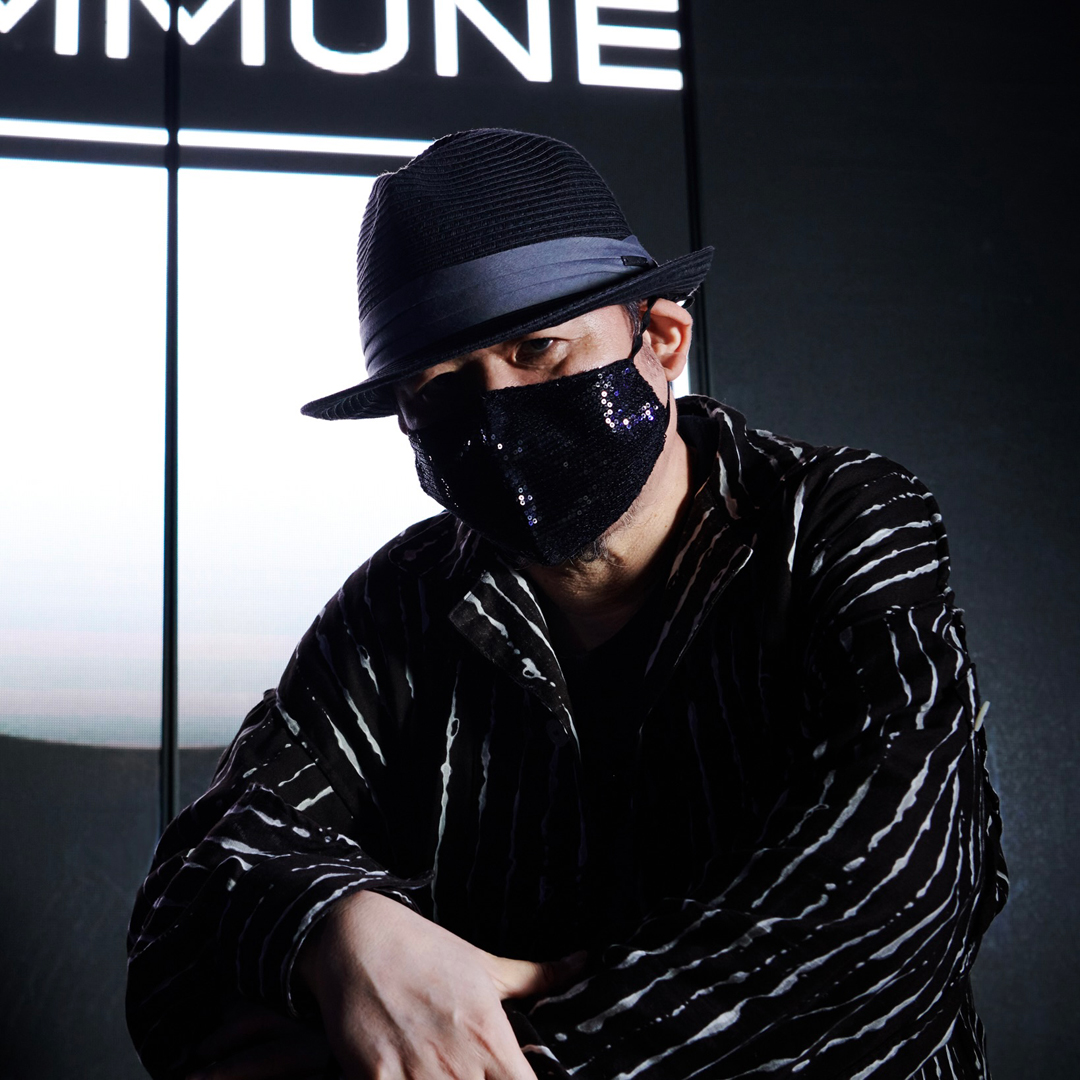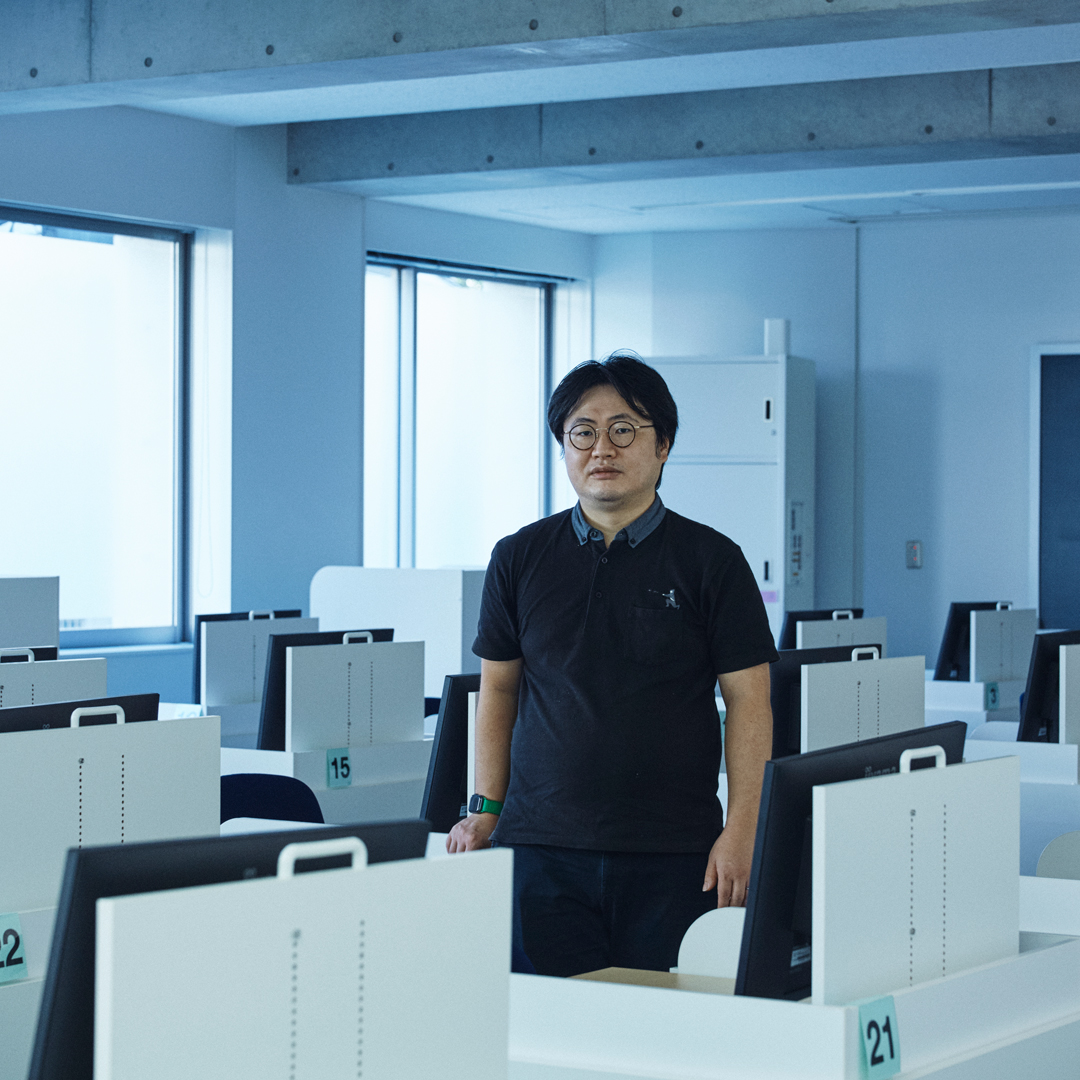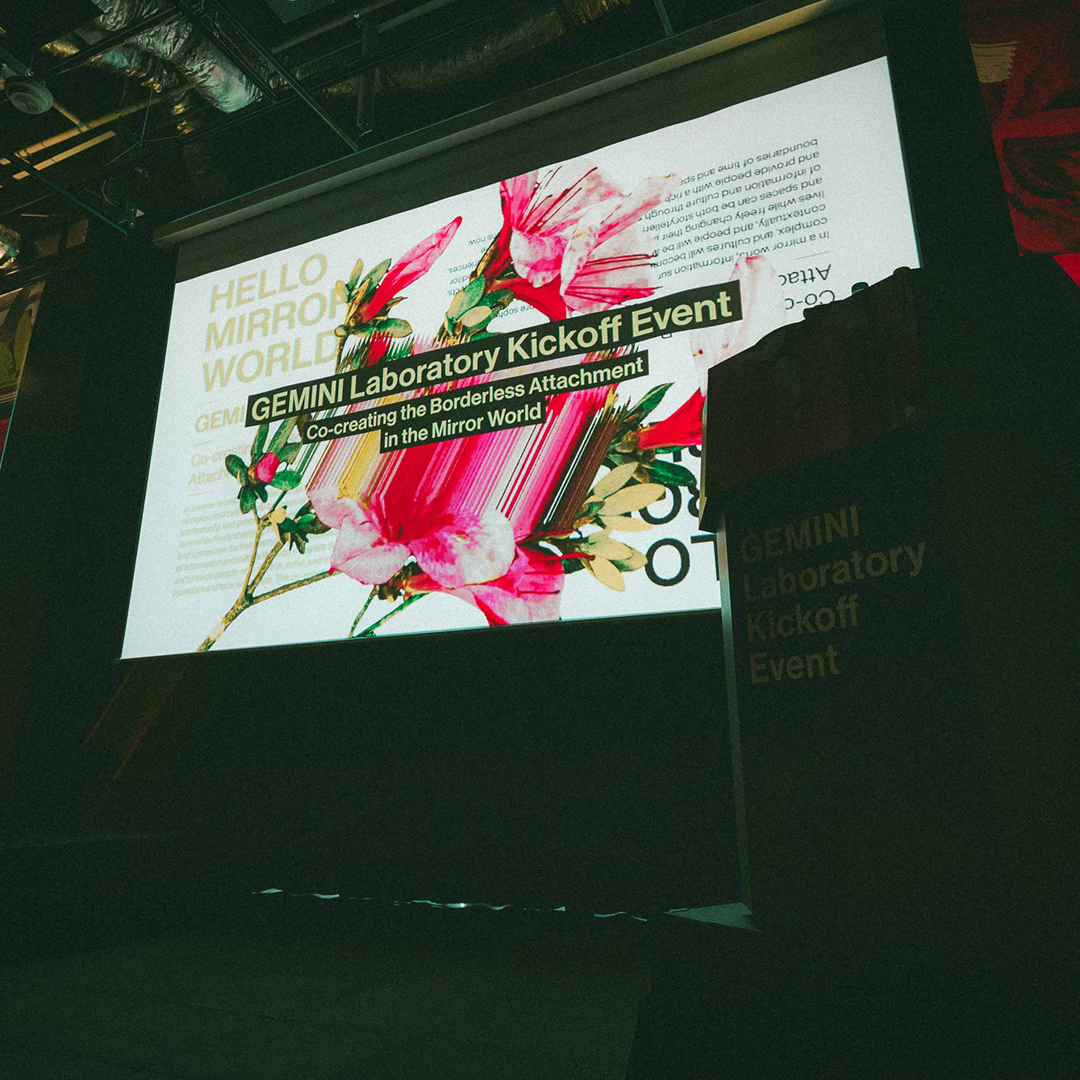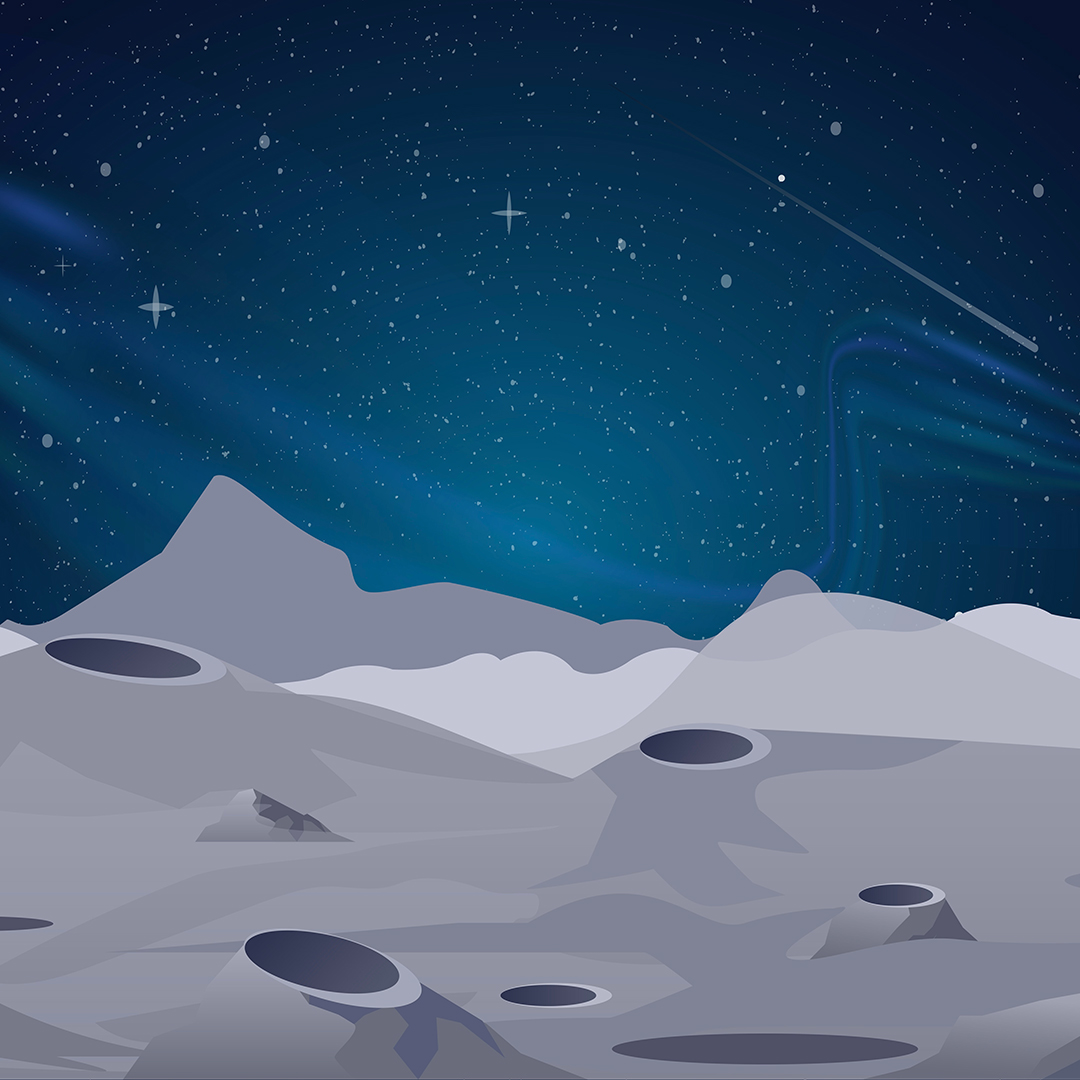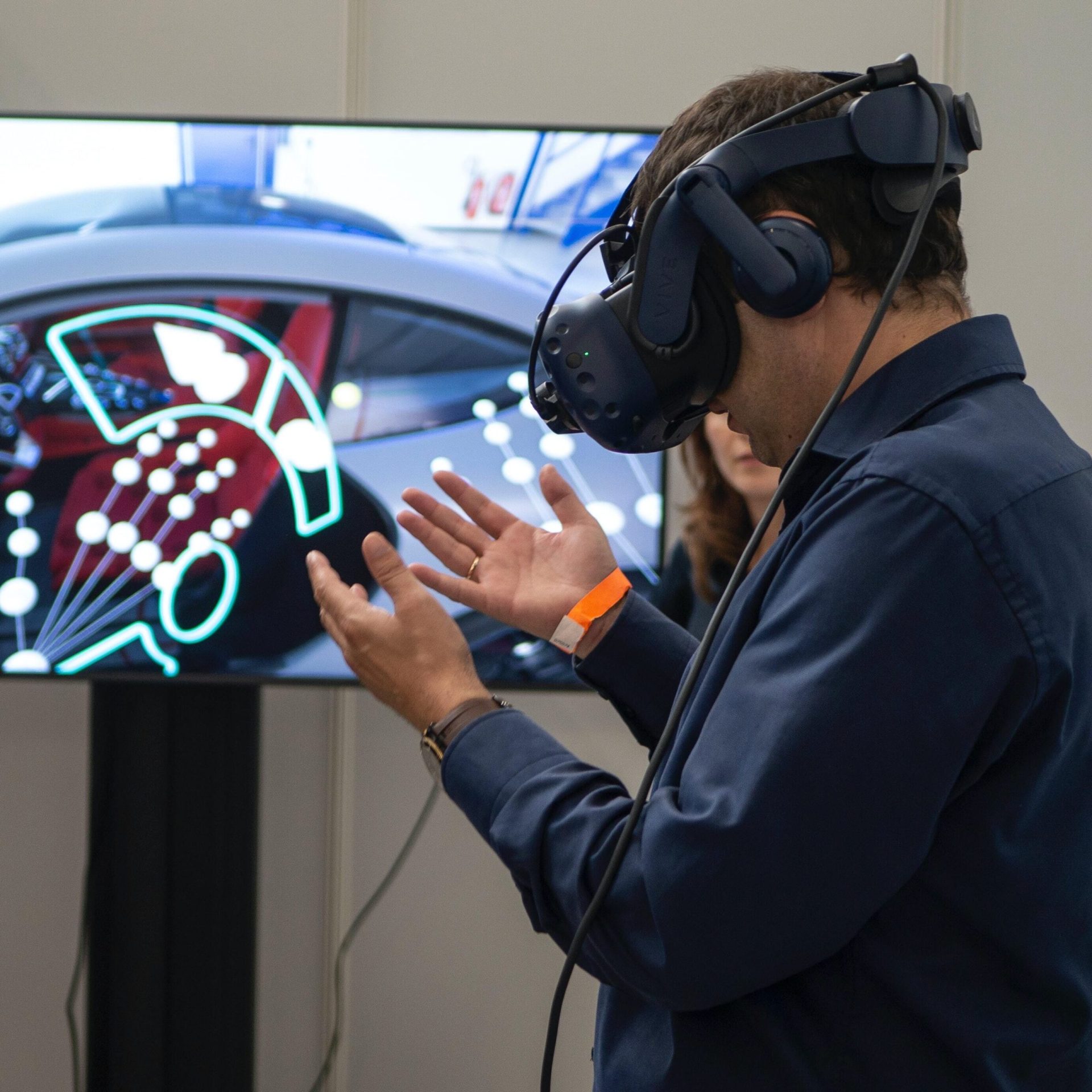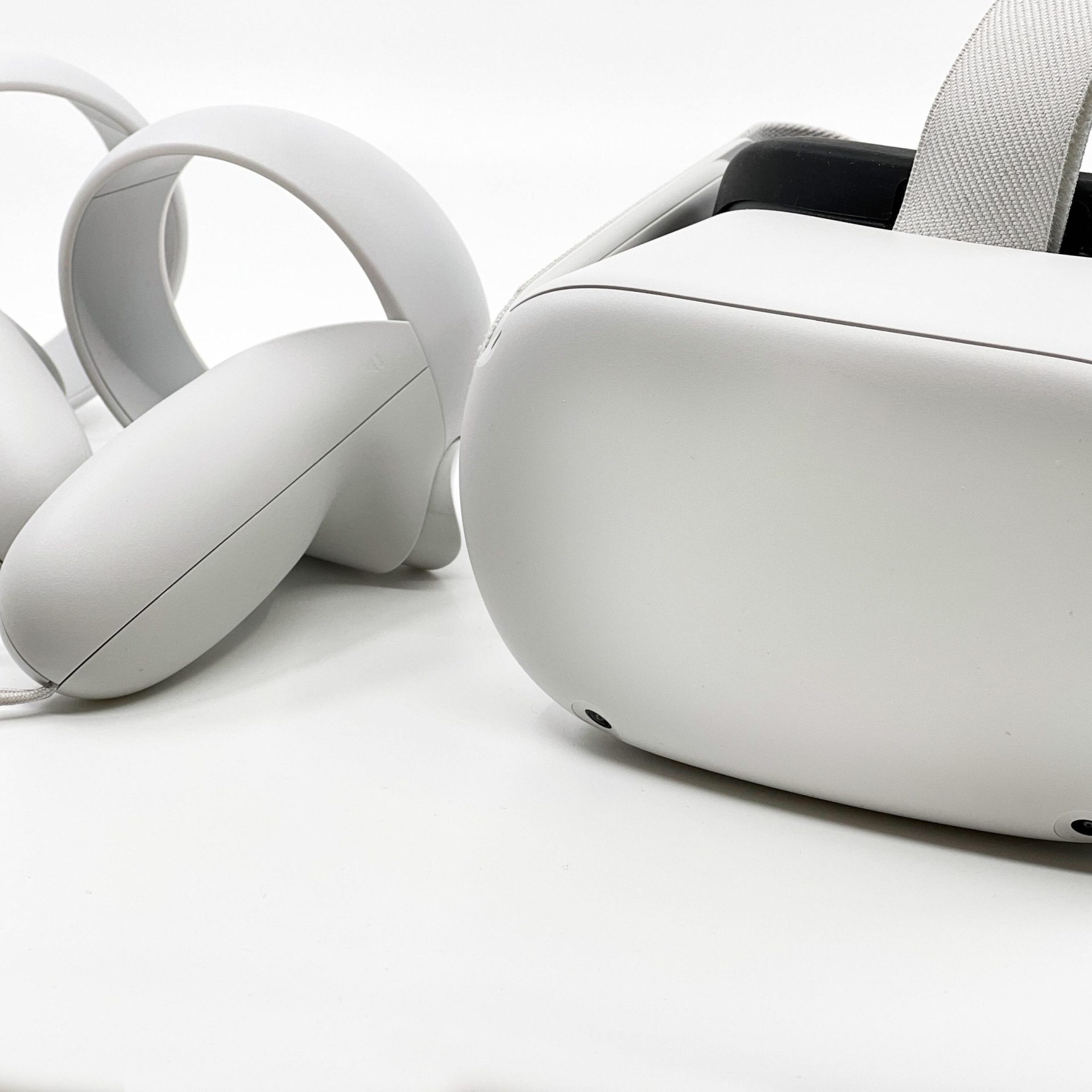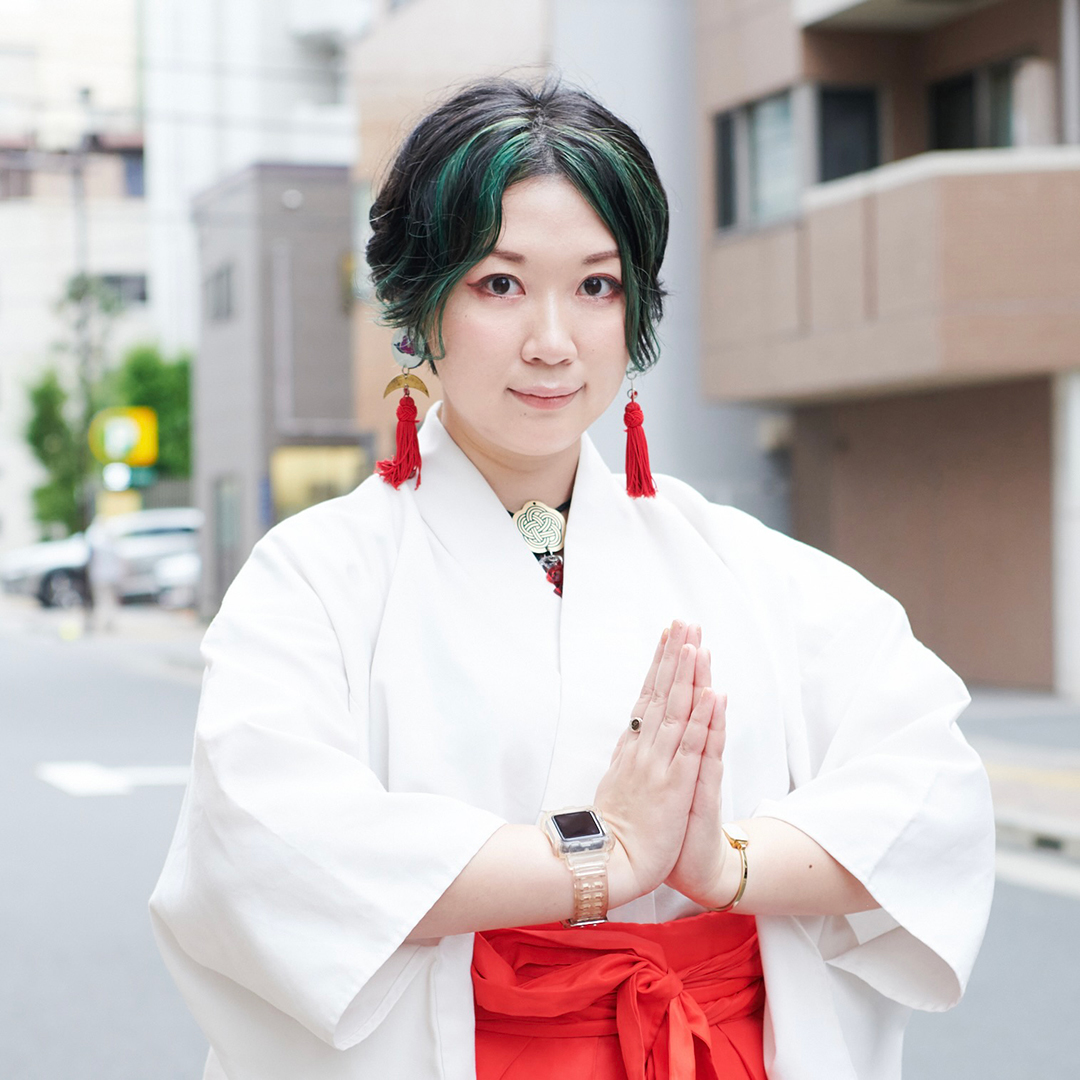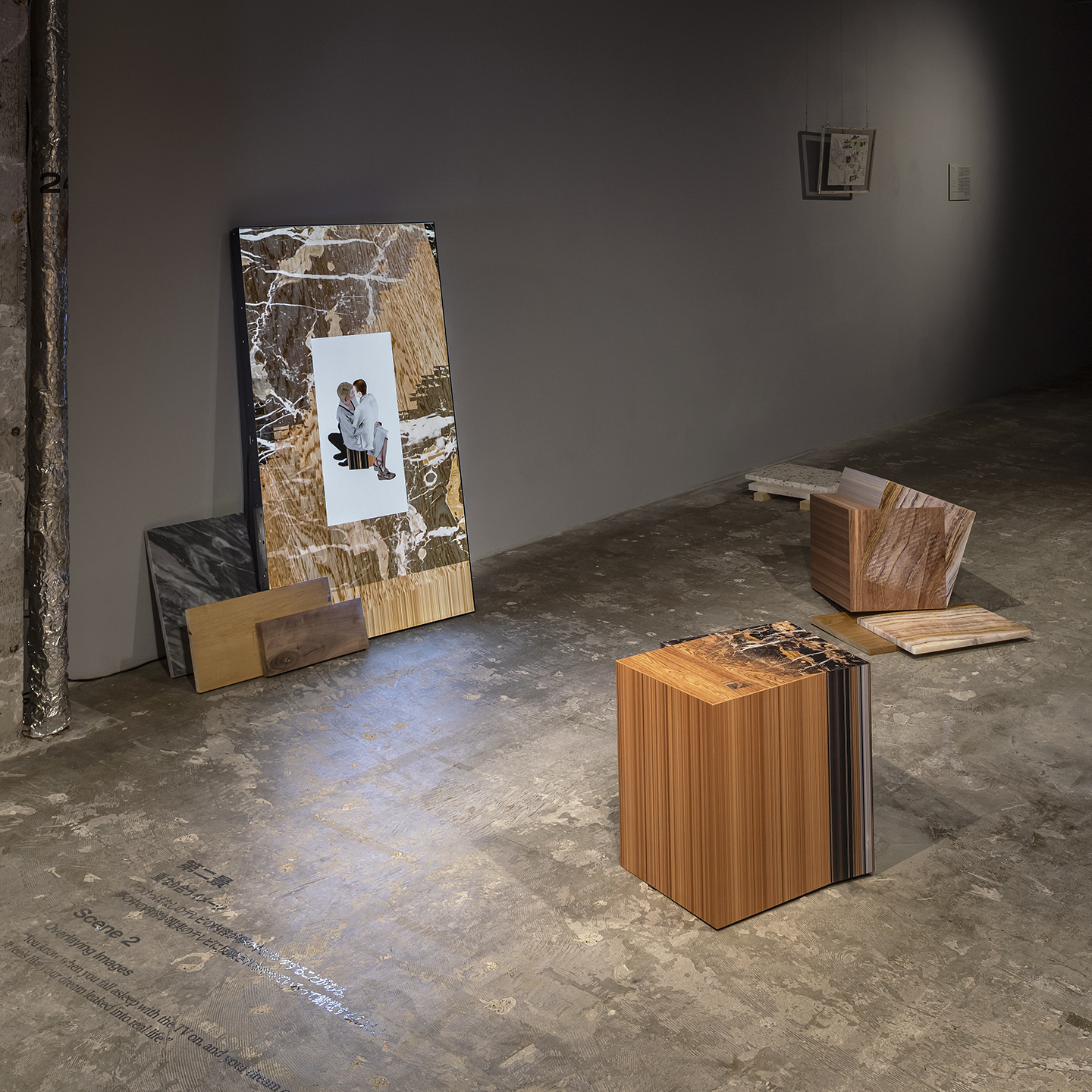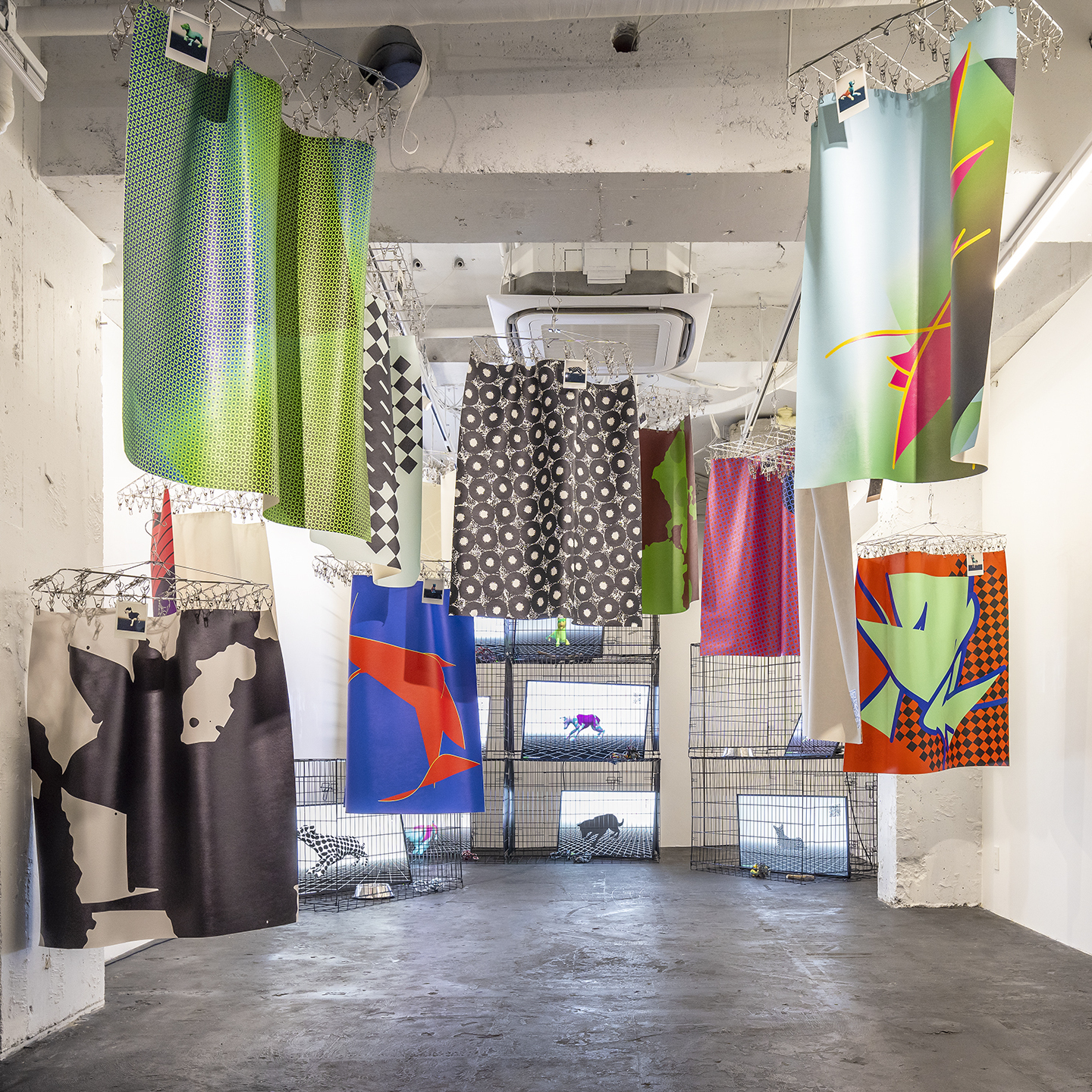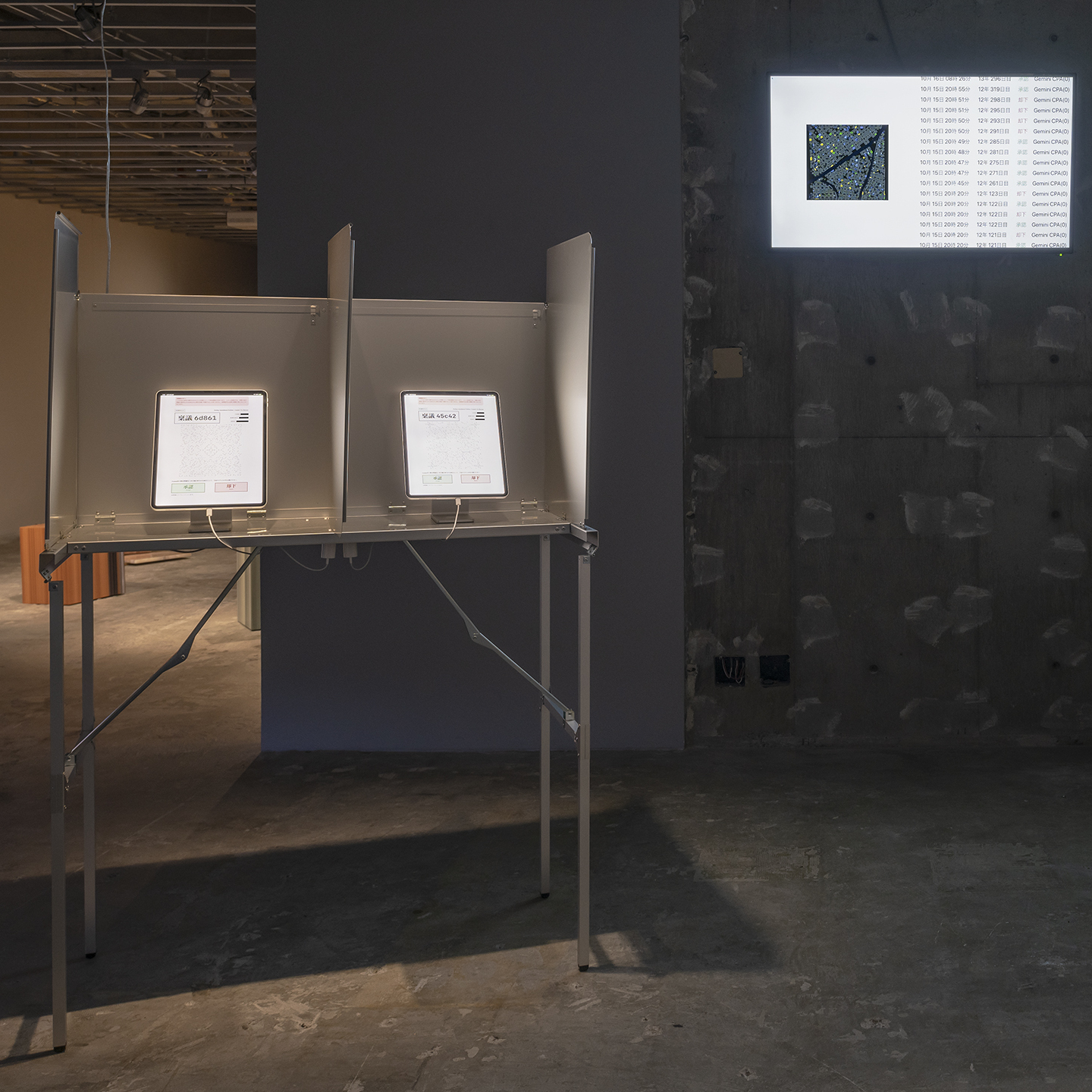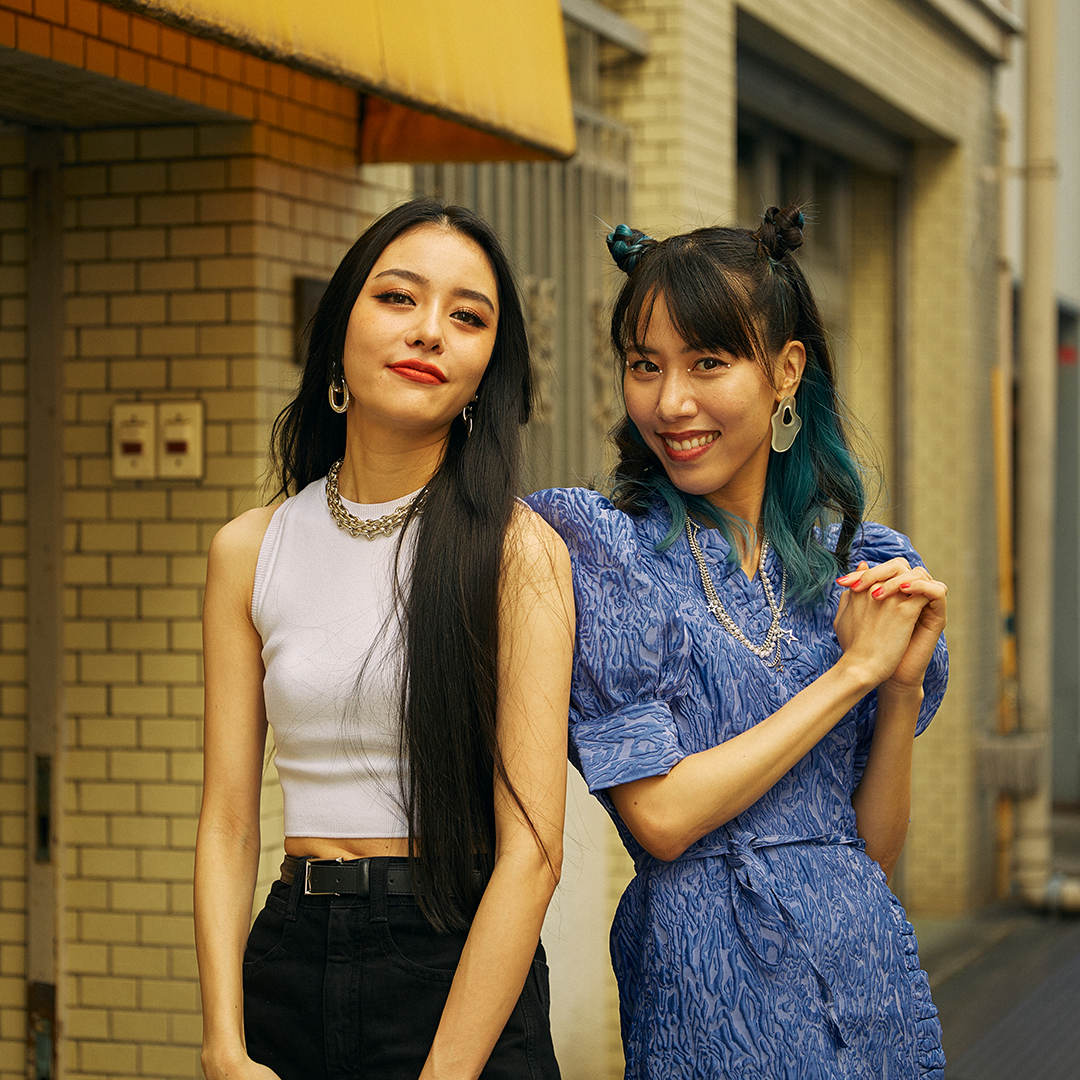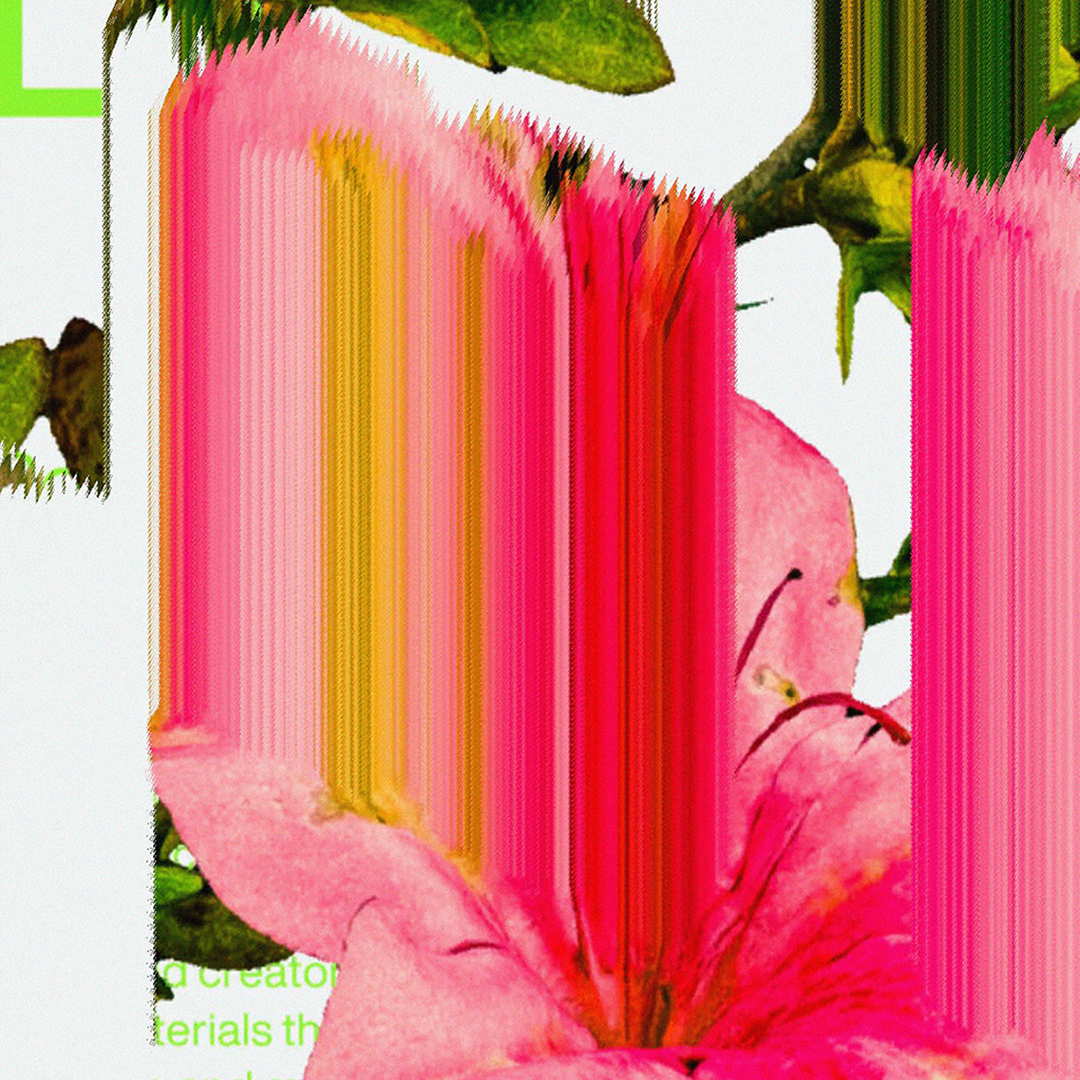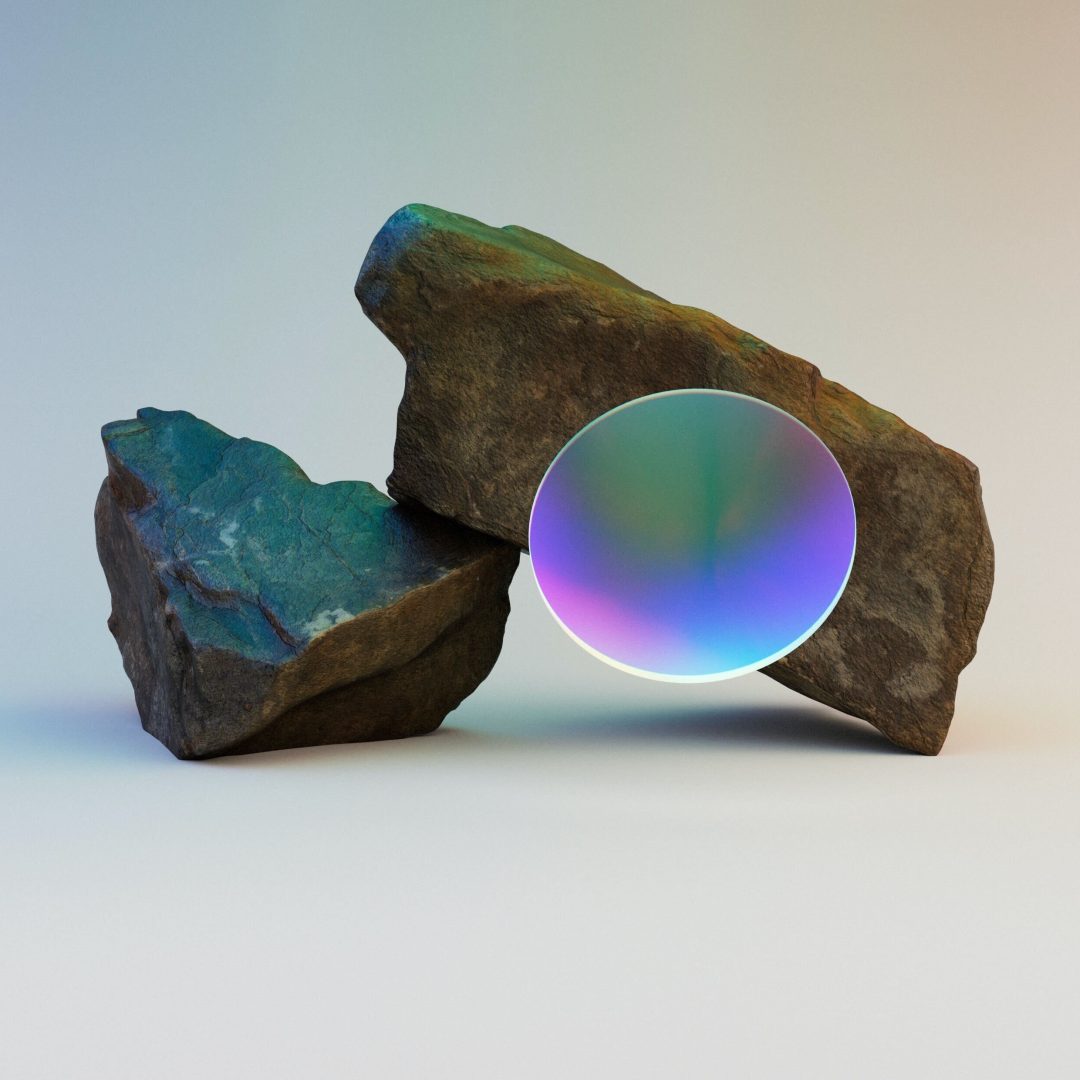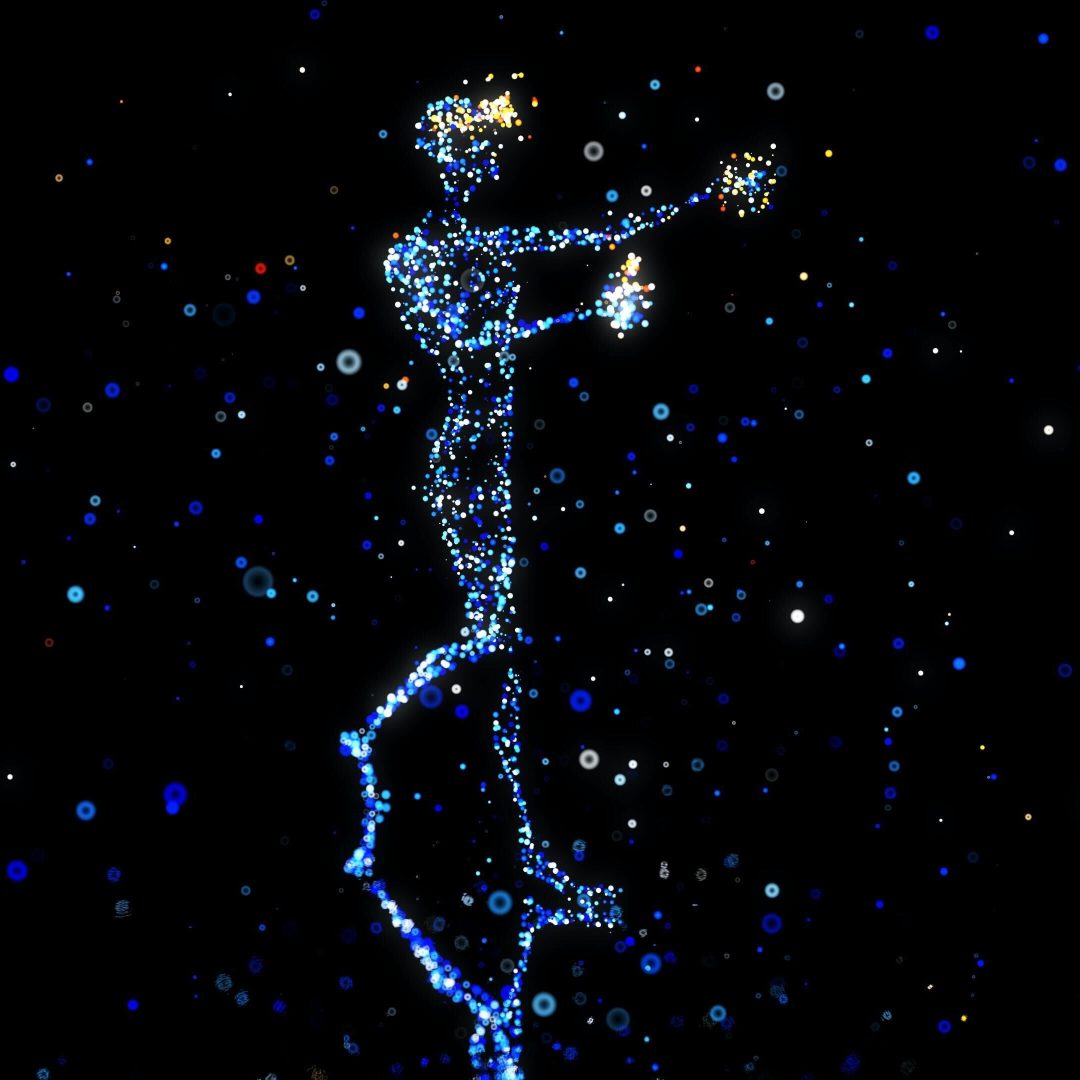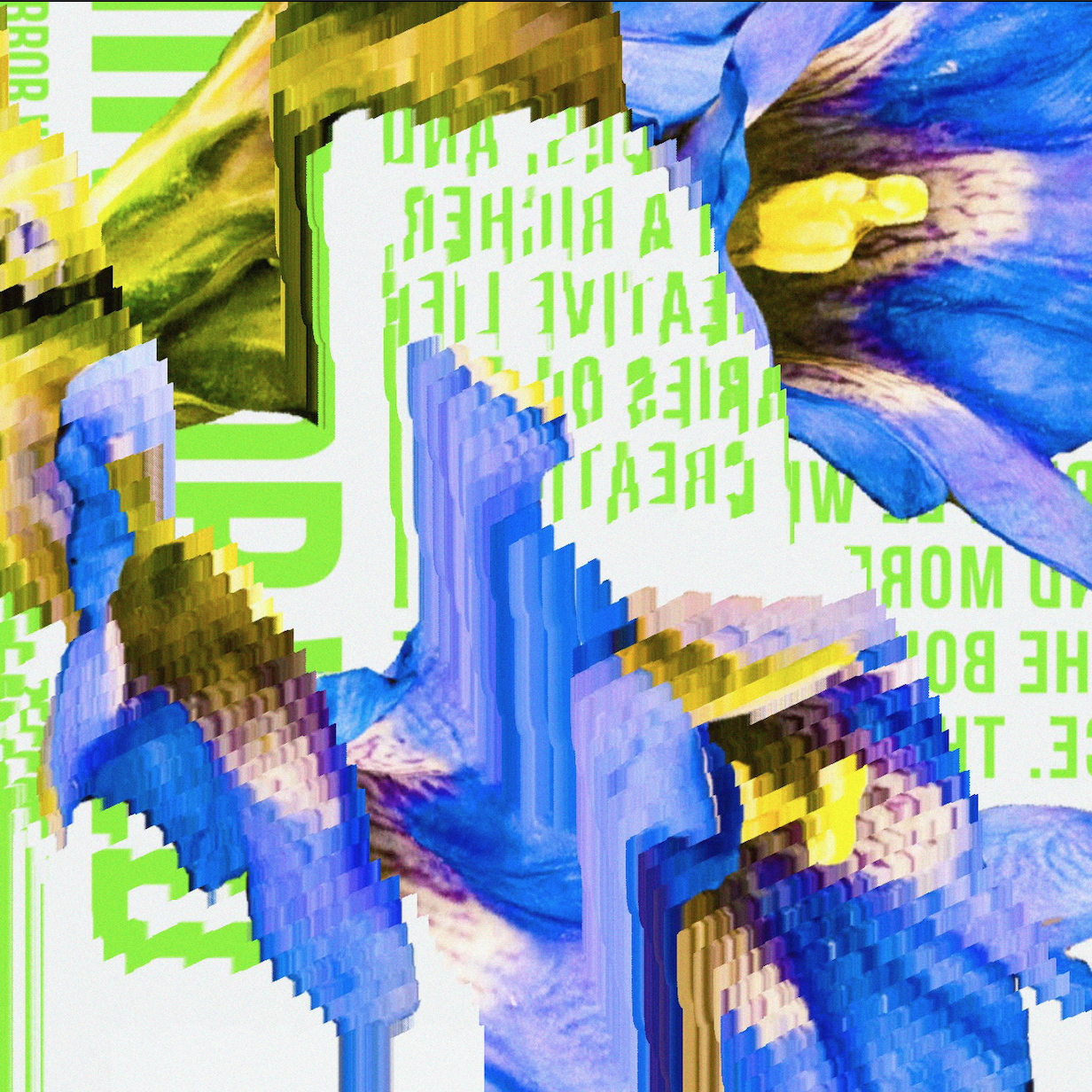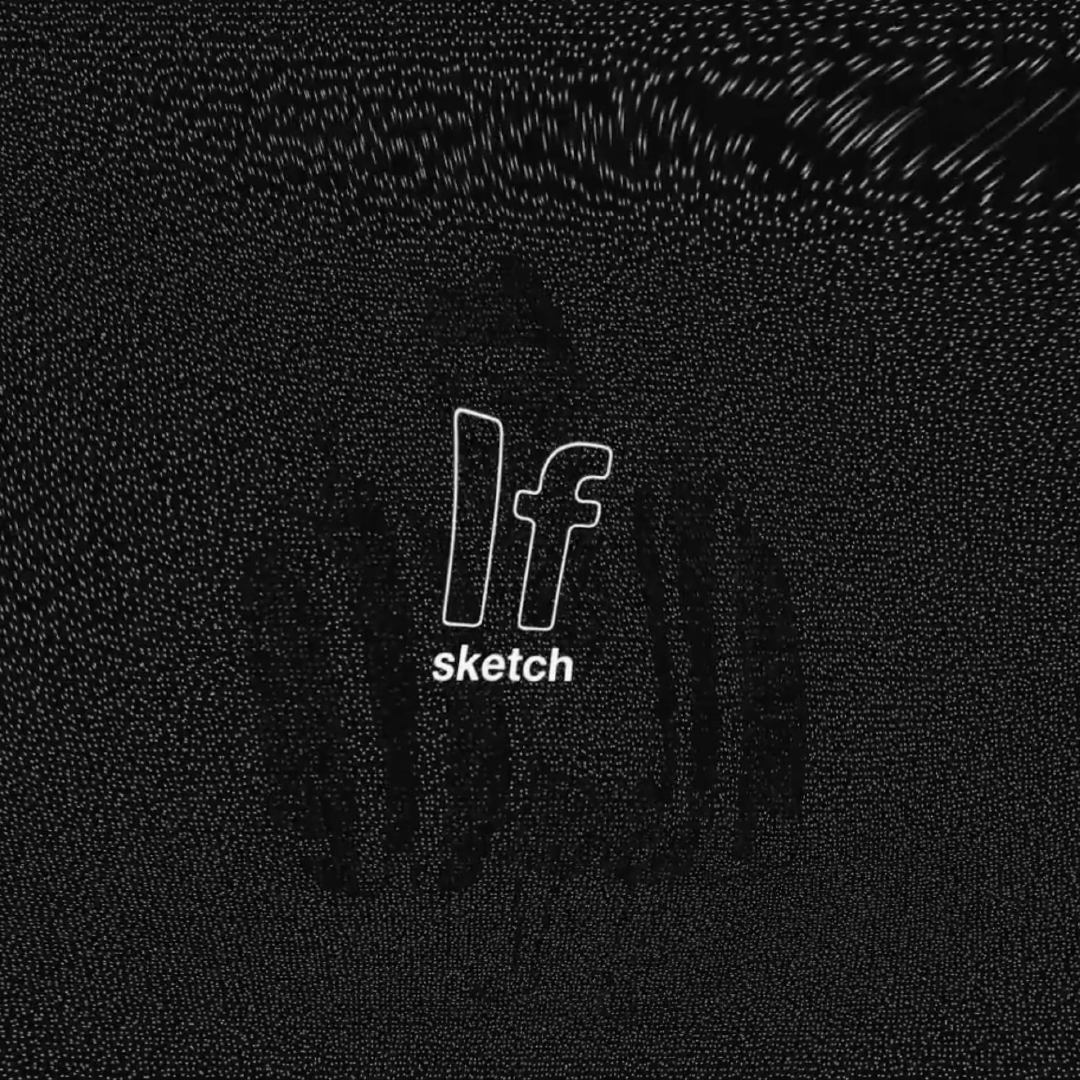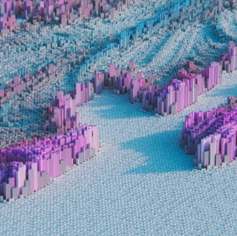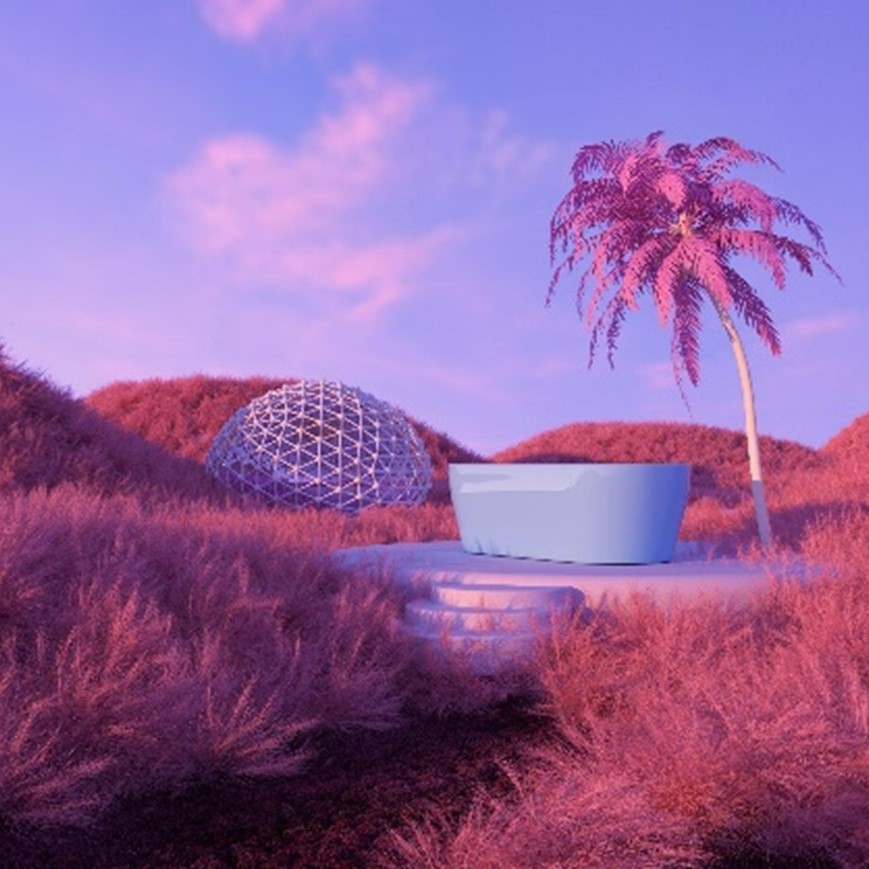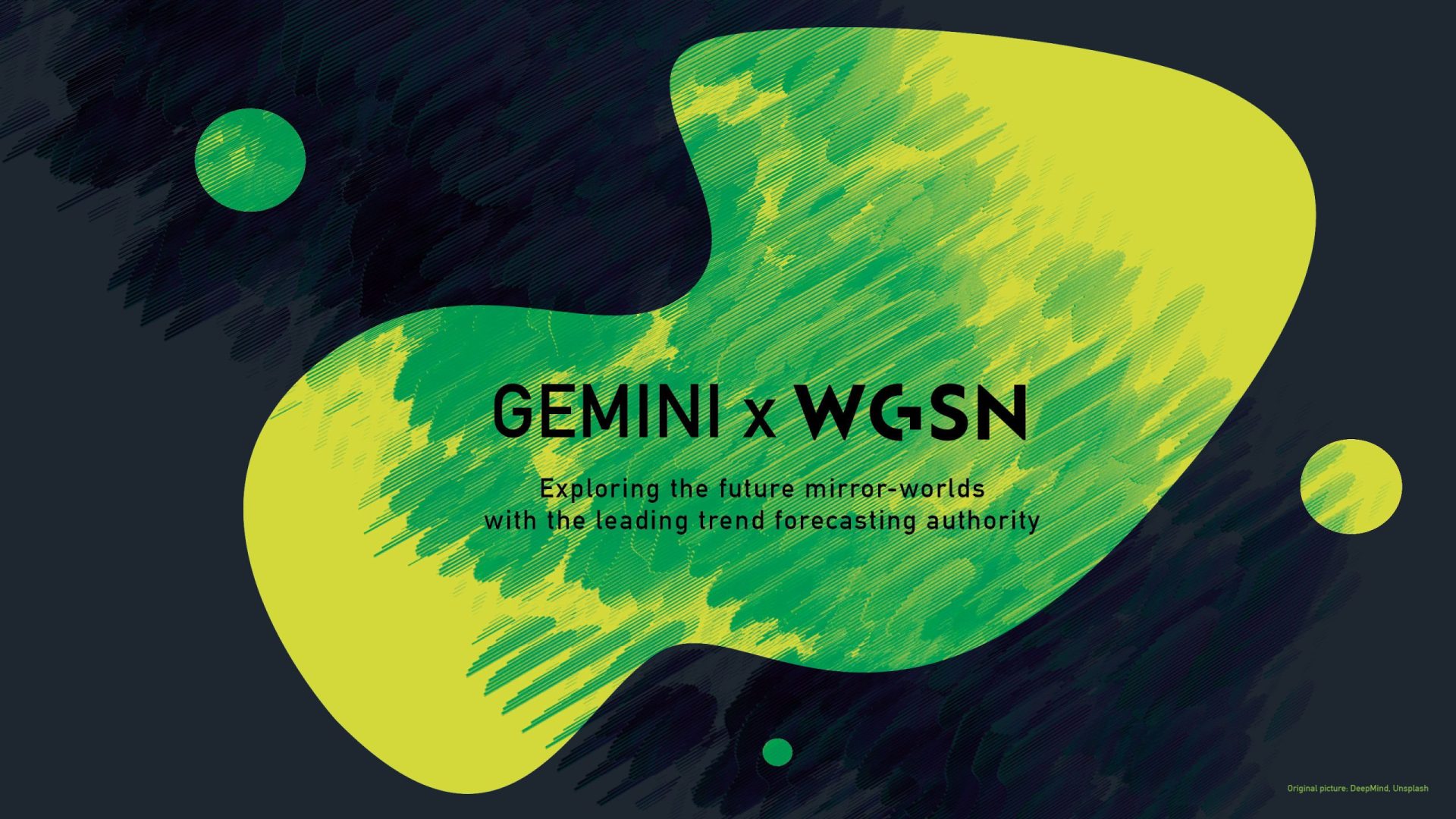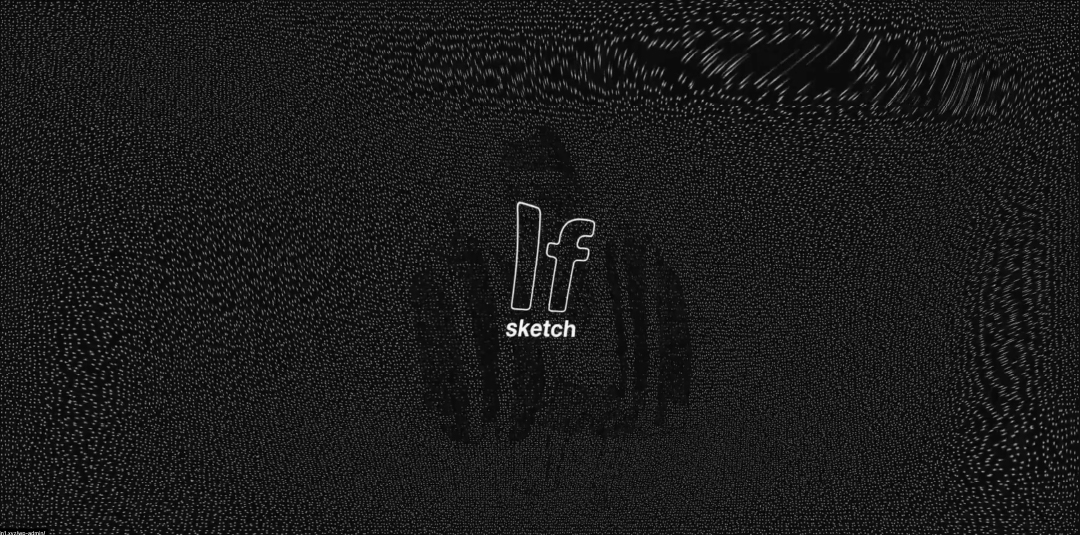Experience design in the metaverse is a place where imagination and originality can be demonstrated just like in a game, but at the same time, it requires an attitude of designing space while pursuing details like architecture. In order to create a rich experience in a virtual world that looks like the real world but has no “touch,” knowledge of various fields will be important.
How is the value of UI/UX considered in the design field of the Metaverse? We interviewed Hirotaka Watanabe, an art director at Cluster Inc., the company behind Japan’s leading metaverse platform Cluster, in Cluster’s virtual space called “World.”
Metaverse UI/UX design is all about how to create peace of mind for users
―I don’t think there have been many opportunities to pay attention to what kind of role the art director plays in a metaverse platform. Mr. Watanabe, what kind of work do you do on a daily basis, and what are you conscious of when it comes to design?
Watanabe: Currently, I’m working mainly on Cluster’s UI/UX design, but I’m also working on products in the marketing field. When we think of the metaverse, we tend to think of buildings and fictional worlds that cannot exist in the real world, but I think it is important to ensure safety just like in the real world. A space where many people gather can create enthusiasm, but at the same time, it is also a space where people can feel uneasy. That’s why it’s important to create a space where people can gather with peace of mind.
-What specifically do you do to create a space where people can feel safe?
Watanabe: For example, at the Cluster avatar exhibition and sale event Avatar Market held in 2022, we made efforts to make it easier to see items even when many people gathered, and created a space that does not look lonely even when there are few people. I tried to do my best. Recently, we are trying to create a sense of security by creating a sense of familiarity by holding events that are tied to real seasons, such as Halloween and Christmas.
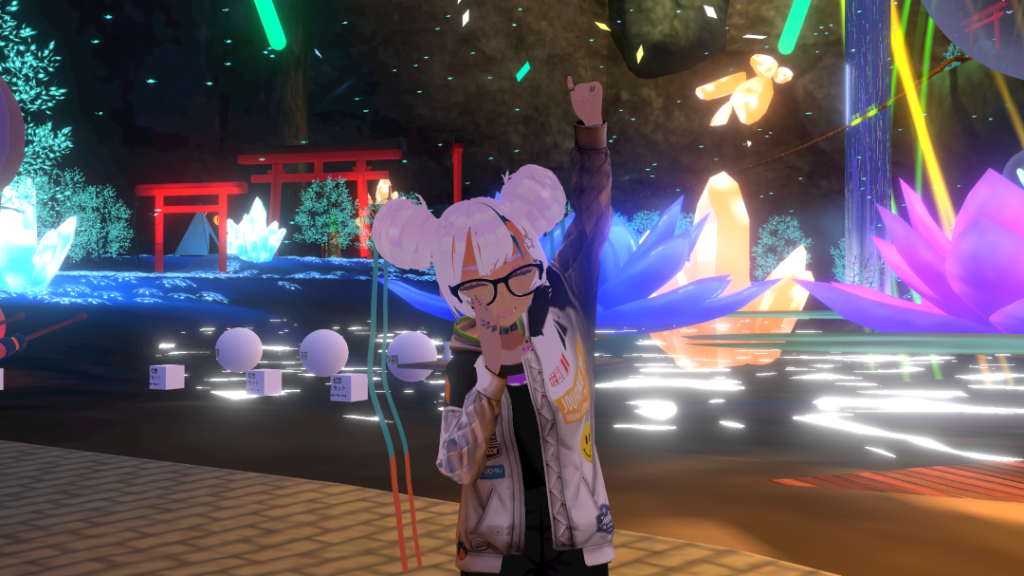
―The metaverse can be thought of as something similar to a game space. You used to work on game design, but it seems that the points to be conscious of when creating a metaverse and a game are different.
Watanabe: In the case of games, we assume dialogue between the user and the characters in the game, but in a space like Cluster where an unspecified number of people gather, it is necessary to be aware of the perspective of a third party.
The user is the subject who sees the world of the metaverse, but at the same time is also seen by a third party. Experiences need to be designed with multiple perspectives in mind. In addition, in the case of the metaverse, the avatars used by users have a wide variety of sizes, so we need to adjust the position of the camera and the reflection of objects such as mirrors so that they can be used by any user. Sometimes we need to have the same perspective as when creating an actual building.
―When considering UI/UX, what kind of things do you refer to or research?
Watanabe: We learn a lot from other services and games. However, just because a game creates an excellent experience that doesn’t mean that its UI/UX can be applied to a space like Cluster.
For example, in the realm of games, it is often said that it is good to design UI/UX according to the firm world view created by the director, but in the case of the Metaverse, we have to create a world that everyone can accept. It is necessary to propose a design that many people will be familiar with, rather than something that has strong preferences and dislikes.
─You said earlier that “sometimes we need to have the same perspective as when creating an actual building,” but do you also get inspiration from real buildings and urban spaces?
Watanabe: Yes, I have been making more and more opportunities to visit huge modern architectural structures and redeveloped cities, and I often try to verbalize the surprises, impressions, and discoveries I experience at those times and use them in the design of virtual spaces.
This is because virtual space is easy to scale, so we often encounter large spaces. The experience in real space, including context, is sublimated into the virtual space design such as ceiling height and floor space, the size of the expected number of people, and the kind of user experience that this will bring about.
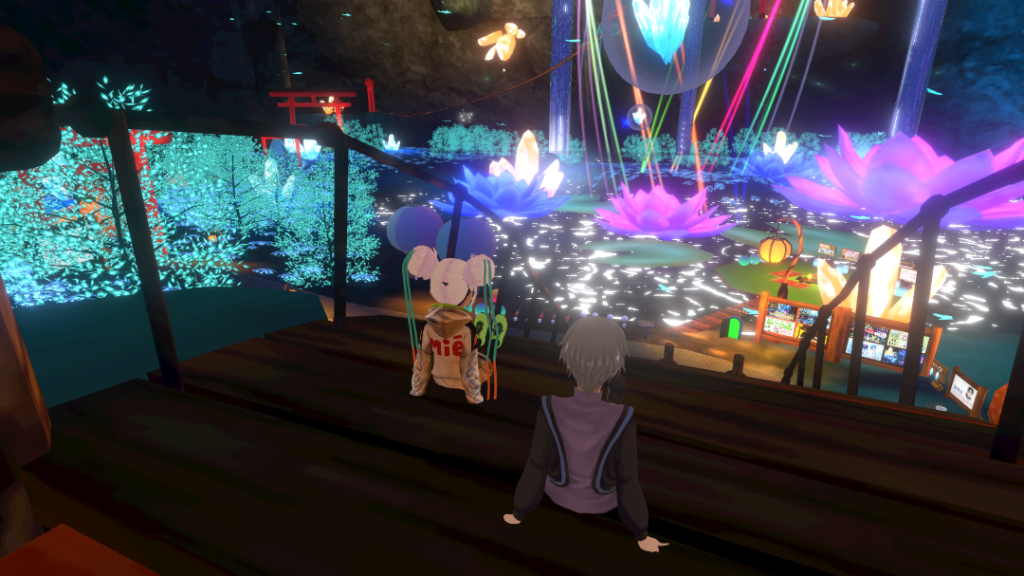
Expectations for the evolution of devices; the value of haptics in the metaverse
―While the metaverse seeks to provide a realistic experience, it is said that the sense of touch is difficult to reproduce because it focuses on visual and auditory experiences. Mr. Watanabe, how do you perceive the value of the sense of touch?
Watanabe: Some may think that technologies such as VR are related to the visual and auditory senses and have nothing to do with the sense of touch, but we are often conscious of the sense of touch when considering visual design.
Texture, in particular, is strongly connected to the sense of touch. For example, a dark green teacup with a rough texture will help users imagine that they are actually drinking tea from a pottery teacup, and abstract objects covered with metallic textures will help them imagine a futuristic world. Even if we can’t actually touch it, it’s possible to design the sense of touch.
―It’s interesting that a visual element called texture triggers a sense of touch.
Watanabe: We can create rich experiences by using technologies like haptic feedback, not just visuals. By giving vibration-like feedback from the device, it becomes easier to be aware of what you are doing in the metaverse. Just like in the real world, designing interactions between yourself and the outside world will change the quality of your experience.
Considering that devices will continue to evolve in the future, I think that the sense of touch will become more important because it is a virtual space.
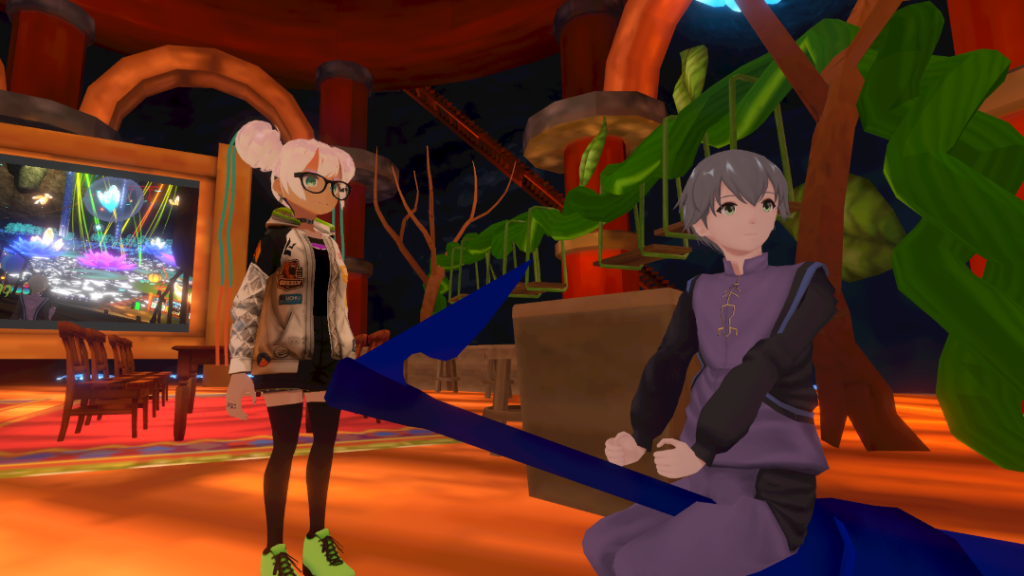
―In the future, creators may need to be more aware of tactile sensations when creating spaces.
Watanabe: When a creator directly reflects his or her own imagination in a space, tactile sensations and textures are important. For example, it’s better for a soft object to convey its softness even before you touch it, so if you get close to a soft wall, the slightest vibration will cause the wall to sway. Technically it’s already reproducible, but in the future it should be possible to simulate it more realistically and easily.
If it becomes possible to realize the ideas of creators without worrying about the technical burden, it seems that more interesting spaces will increase.
―While being conscious of tactile sensations makes the space more realistic, it seems that in a space like metaverse, there will be more and more worlds with textures that do not exist in reality, such as in the world of manga. How will the diversity of textures affect the experience of the metaverse?
Watanabe: I feel that being able to create something that doesn’t exist in the real world is the real thrill of the metaverse. I myself am often surprised when I see spaces created by actual users. It’s interesting to see how things that normally wouldn’t be large are arranged in a gigantic manner, and that approaches that can’t be created simply by pursuing reality and consistency are created.
It’s true that spaces with a high degree of perfection and attention to detail, like games, are attractive, but I also feel the unique charm of the metaverse in spaces where you can see unique and outrageous ideas.
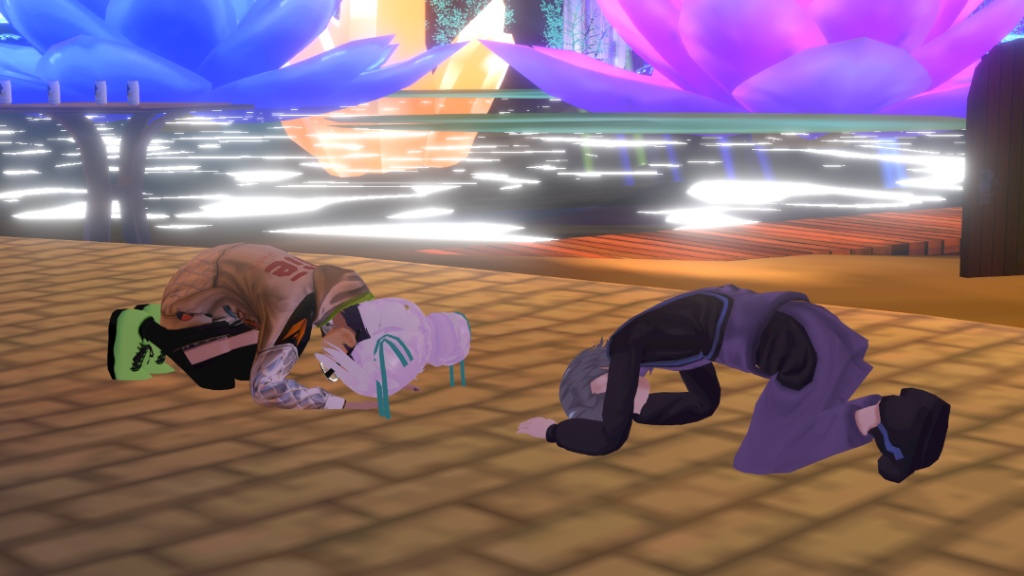
The design is based on subtraction rather than addition. A place where diverse cultures mingle
―Technology is still developing rapidly, but do you think it will be possible to create an immersive experience on a level similar to that in the real world?
Watanabe: With the current technology, I don’t think it’s possible to create an ultra-high-precision virtual space like OASIS in the movie Ready Player One. For example, there is the issue of data volume. The more realistic expressions are pursued, the more the amount of data will increase, and as the number of accesses increases, the load on the network will also increase, so further evolution of communication technology will be required.
For that reason, rather than increasing the amount of data and information in Cluster, we are working to make it lighter and easier to play. We design while being conscious of subtraction, not addition. However, the software part is evolving rapidly day by day, just as the core technology of the Unreal Engine, Nanite, has been talked about for its fast and efficient rendering. The expandability and immersiveness of the metaverse itself should continue to increase in the future.
―Cluster aims to be the infrastructure of a virtual economic zone, but it seems that our daily lives will change if such a space can function as infrastructure.
Watanabe: The issue of psychological safety in the metaverse is also related to such changes. Virtual spaces are sometimes thought of as something special that only a few people use, but there are quite a few users who already see the metaverse as an extension of their daily lives. That is why I believe that increasing safety will be even more important in the future.
For example, we are still working on details such as making sure that users are not too close to each other, or that other users do not look at them strangely when they are in the process of changing accessories or equipment.
Cluster’s official PV: OPEN YOUR WORLD
―The metaverse is variable, and the fact that it can be constantly updated seems to be the real thrill. How do you think the metaverse will evolve in the future?
Watanabe: At the moment, there are still many areas where you can’t create without a certain amount of knowledge and experience, but I think it will get easier to become a creator with the development of technology in the future. If all humans could become creators in the metaverse, an unimaginable world would be created.
With Cluster, I would like to be able to provide a unique experience while staying close to users. Looking at our users, we have created a place where various people such as creators like manga artists and people in the game industry gather, and we may see an increase in the number of designers in the architectural field in the future. I think it would be great if different cultures mingled and it became a more diverse and creative place than it is now.
Guest Profile
-
Hiroyuki Watanabe
Hiroyuki Watanabe
Cluster Inc. Platform Division Design Team Art Director. Started His Career In The Video Industry, And After Working At A CG Production Company And Nippon Television Network, Jumped Into The Game Industry, Which He Longed For. From The Operation Of Social Games To The Growth Of New Titles, He Has Been Deeply Involved In UI Design, Production, And Art Direction For More Than 10 Titles. After That, I Was Able To Get Involved In VR Games, And After Producing Results In Two Years Of Operation, I Joined Cluster From 2021. Involved In Promotion, Currently Engaged In UI Design, Regulation, Formulation Of Design Concepts, And Sublimation Of Products To Better Ones.
Co-created by
-
Shunta Ishigami
Writer
Shunta Ishigami
Writer
Born In 1989. After Graduating From The University Of Tokyo, Worked At An Advertising Production Company Before Joining The Japanese Editorial Department Of WIRED. Responsible For Magazine/Web Article Production, Event Planning/Management, And Overseas Tour Planning/Accompaniment. In 2017, He Became Independent And Was Involved In Editing Various Magazines And Web Media Such As “STUDIO VOICE”, “VOGUE” Japanese Version, “BRUTUS” And “Quick Japan”, And Founded MOTE In 2019. His Main Fields Are Asian Youth Culture, Architecture, Cities, And Tech, And He Is Engaged In Corporate Content Creation And Research.
- MOTE: https://motesl.im/
Tag
Share
Discussion
Index
Index
Archives
Recommend
Recommend
Recommend
Recommend
Recommend
-

{ Community }
What Is Passive Design? An Environmentally Friendly Design Concept Learned from Famous Architecture and Le Corbusier
What Is Passive Design? An Environmentally Friendly Design Concept Learned from Famous Architecture and Le Corbusier
What Is Passive Design? An Environmentally Friendly Design Concept Learned from Famous Architecture and Le Corbusier
-

{ Community }
Interview with Oriza Hirata, Playwright, about the Difference between Robots and Humans. Why Do People Fear Technology?
Interview with Oriza Hirata, Playwright, about the Difference between Robots and Humans. Why Do People Fear Technology?
Interview with Oriza Hirata, Playwright, about the Difference between Robots and Humans. Why Do People Fear Technology?
-

{ Special }
Beyond borders
Beyond borders
Beyond borders
-

{ Special }
Joy 3.0 – Building Happiness in the mirror-world
Joy 3.0 – Building Happiness in the mirror-world
Joy 3.0 – Building Happiness in the mirror-world
Hot topics
Hot topics
Hot topics
Hot topics
Hot topics
-

{ Community }
Scent Transcends Memory to Change Behavior. The Future of Digital x Olfaction, by Scent Marketing Pro Gouchi Hamada
Scent Transcends Memory to Change Behavior. The Future of Digital x Olfaction, by Scent Marketing Pro Gouchi Hamada
Scent Transcends Memory to Change Behavior. The Future of Digital x Olfaction, by Scent Marketing Pro Gouchi Hamada
-

{ Community }
The stage is a restroom designed by Tadao Ando. Possibilities of media mix that GEMINI pioneers.
The stage is a restroom designed by Tadao Ando. Possibilities of media mix that GEMINI pioneers.
The stage is a restroom designed by Tadao Ando. Possibilities of media mix that GEMINI pioneers.
-

{ Community }
“Conveying the Moment of ‘Now’ in History: Catalan Artist Xavi Bové’s Light Expressions”
“Conveying the Moment of ‘Now’ in History: Catalan Artist Xavi Bové’s Light Expressions”
“Conveying the Moment of ‘Now’ in History: Catalan Artist Xavi Bové’s Light Expressions”
-

{ Community }
“Designing with Heart: How Amanda Talbot is shaping a better future through emotionally intelligent AI”
“Designing with Heart: How Amanda Talbot is shaping a better future through emotionally intelligent AI”
“Designing with Heart: How Amanda Talbot is shaping a better future through emotionally intelligent AI”
-

{ Community }
Unearthing the Future: How ancient history can guide modern innovation with Darius Arya
Unearthing the Future: How ancient history can guide modern innovation with Darius Arya
Unearthing the Future: How ancient history can guide modern innovation with Darius Arya
-

{ Community }
Interview with Masayoshi Yokoyama from Ryu Ga Gotoku Studio. Talks about reality in games and the future of the industry
Interview with Masayoshi Yokoyama from Ryu Ga Gotoku Studio. Talks about reality in games and the future of the industry
Interview with Masayoshi Yokoyama from Ryu Ga Gotoku Studio. Talks about reality in games and the future of the industry
-

{ Community }
The new form of pilgrimage. What is the border of real and fictional worlds that Petra Szemán pictures?
The new form of pilgrimage. What is the border of real and fictional worlds that Petra Szemán pictures?
The new form of pilgrimage. What is the border of real and fictional worlds that Petra Szemán pictures?
Special
Special
Special
Special
Special
Featured articles spun from unique perspectives.
What Is
“mirror world”...
What Is
“mirror world”...
What Is
“mirror world”...
What Is
“mirror world”...
What Is
“mirror world”...
“mirror world”... What Is
“mirror world”... What Is
“mirror world”... What Is
“mirror world”... What Is
“mirror world”...
Go Down
Go Down
Go Down
Go Down
Go Down
The Rabbit
The Rabbit
The Rabbit
The Rabbit
The Rabbit
Hole!
Hole!
Hole!
Hole!
Hole!
Welcome To Wonderland! Would You Like To Participate In PROJECT GEMINI?

